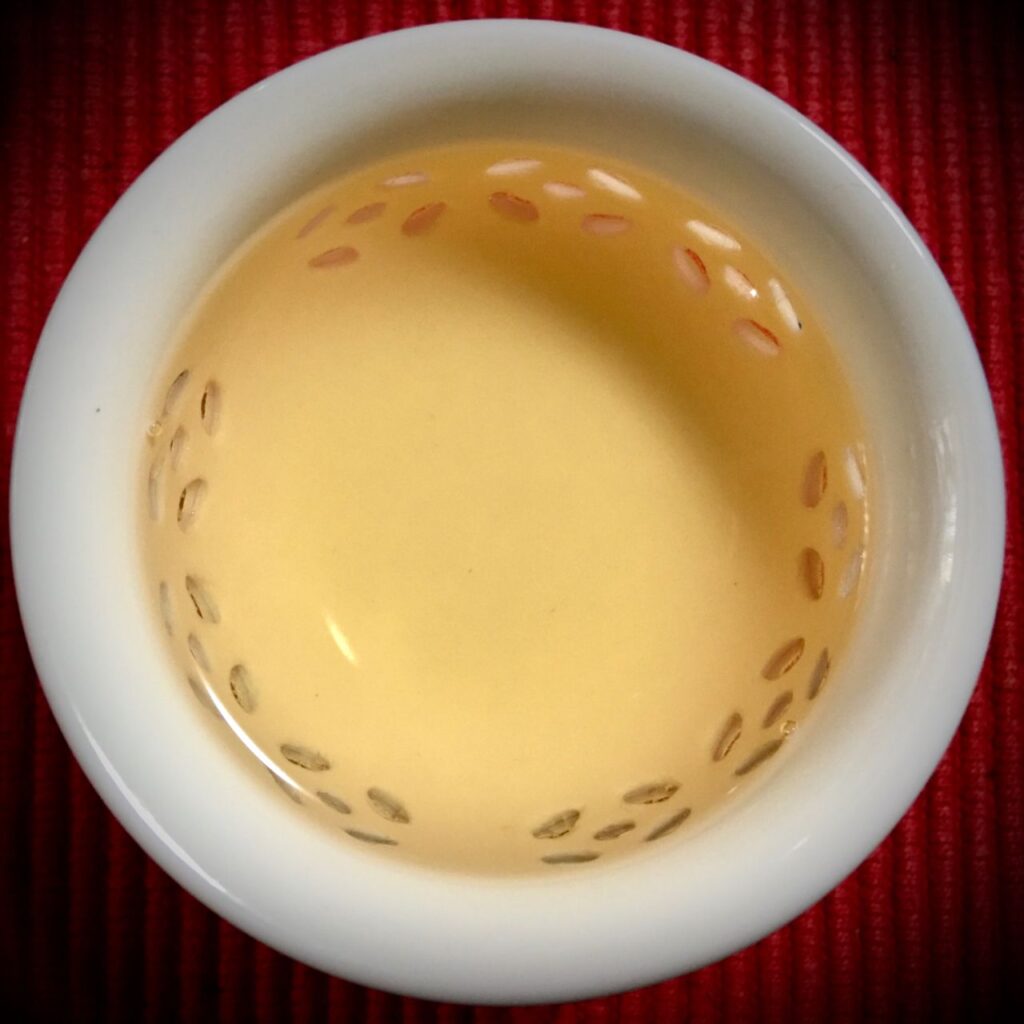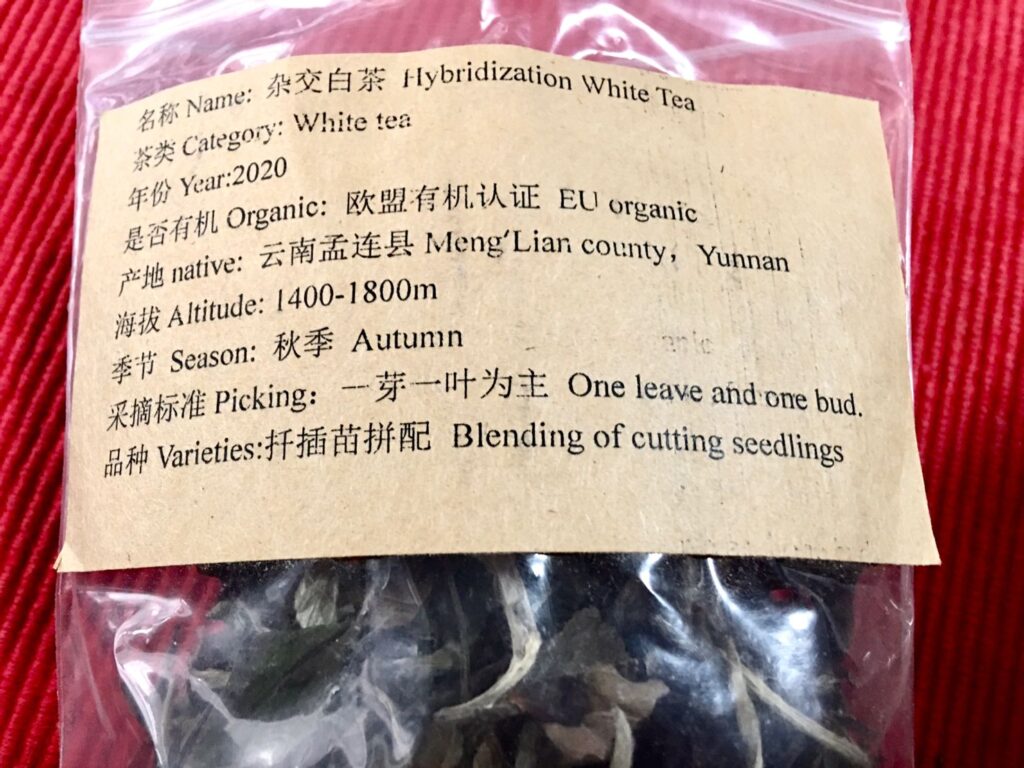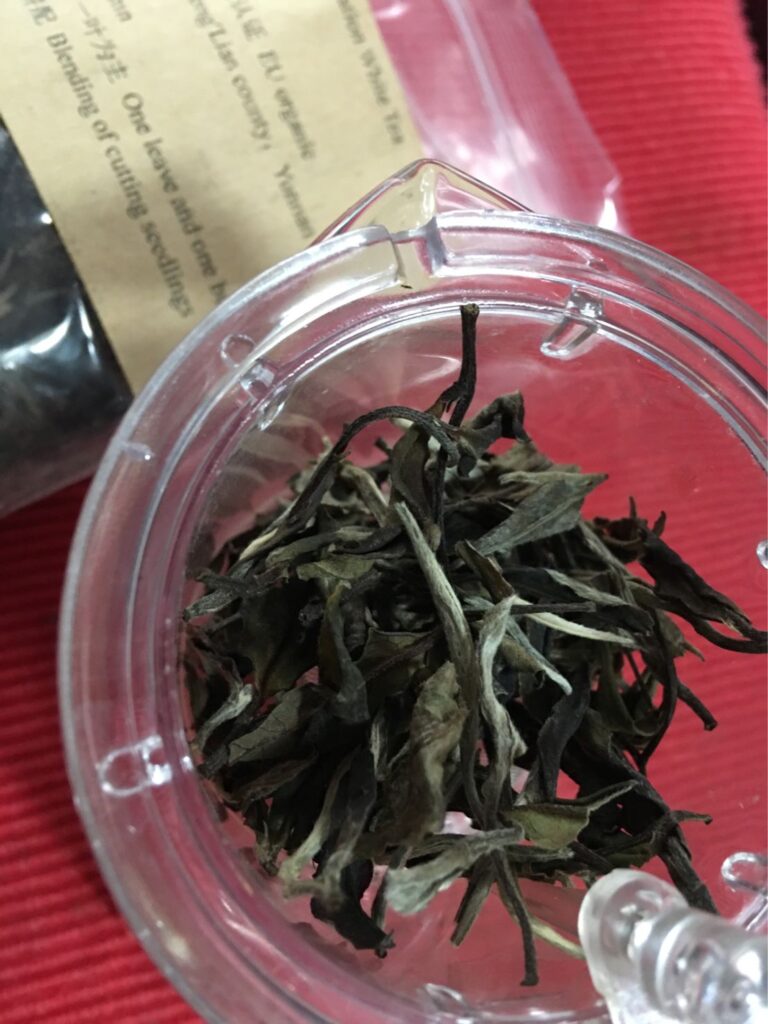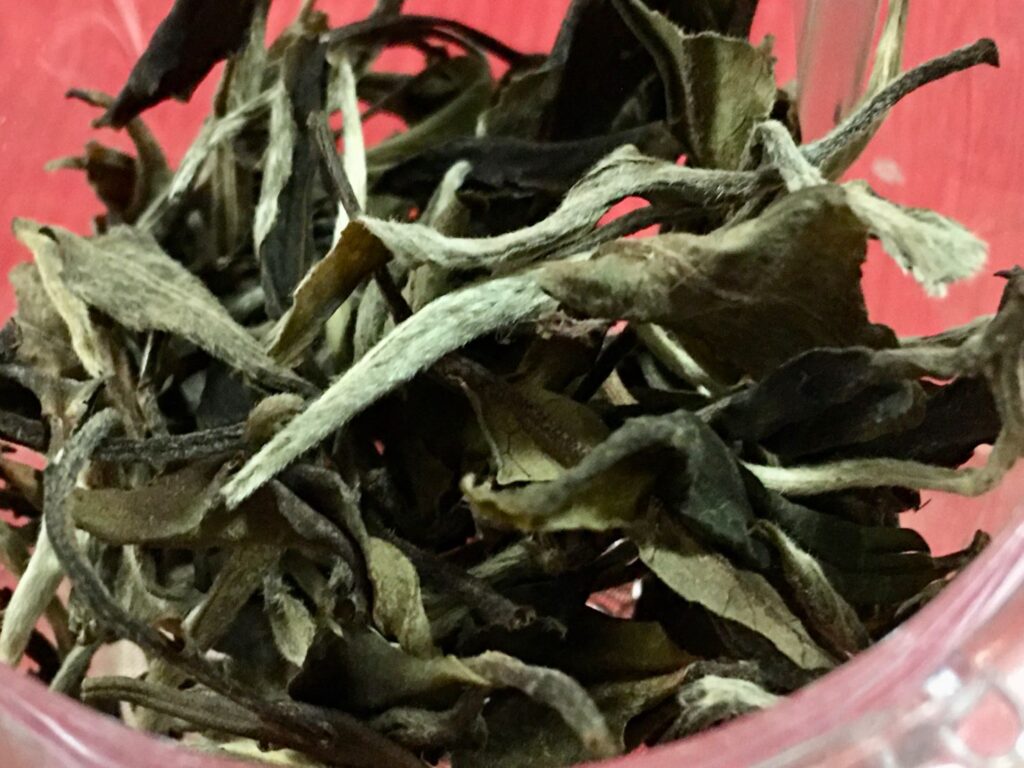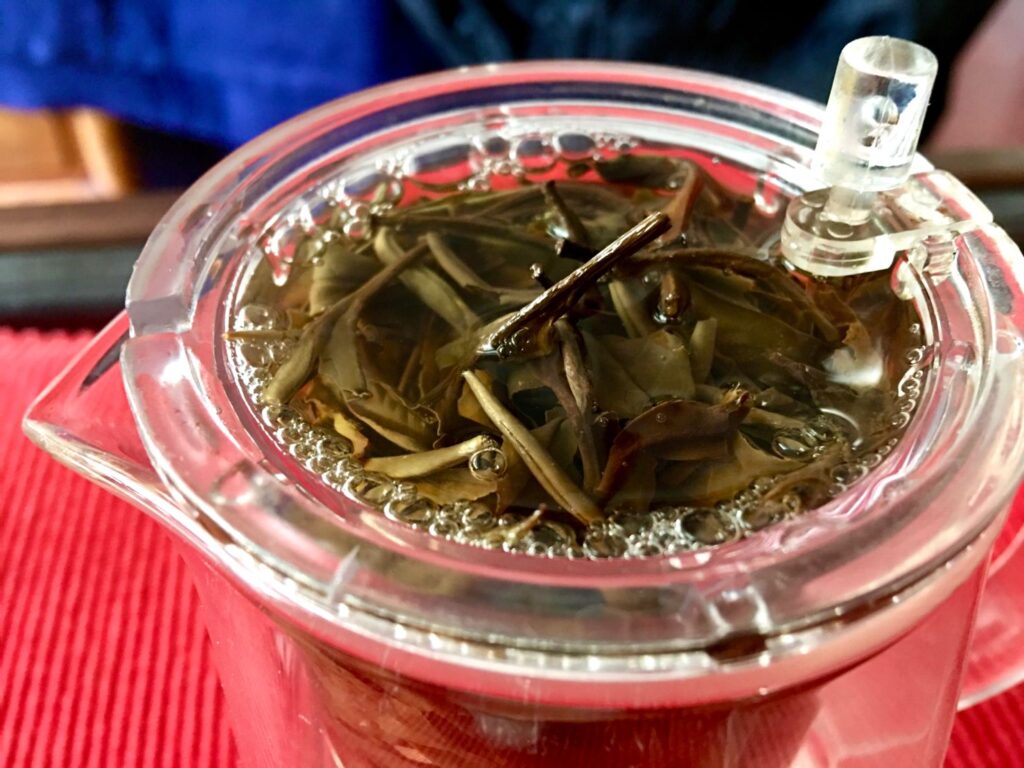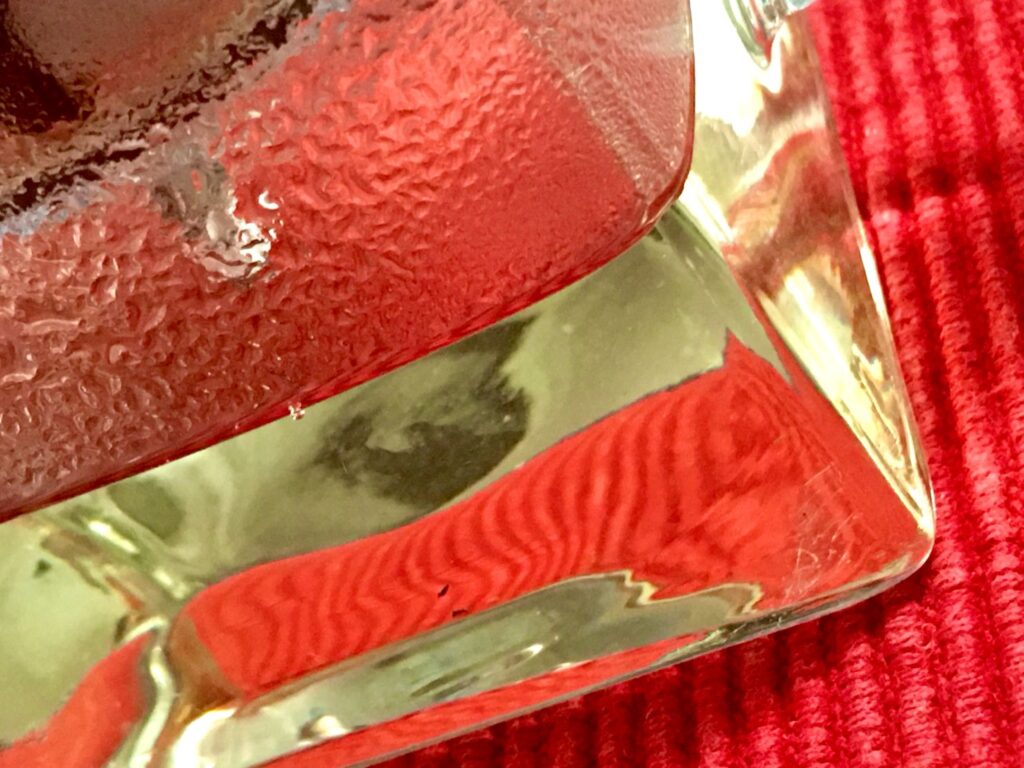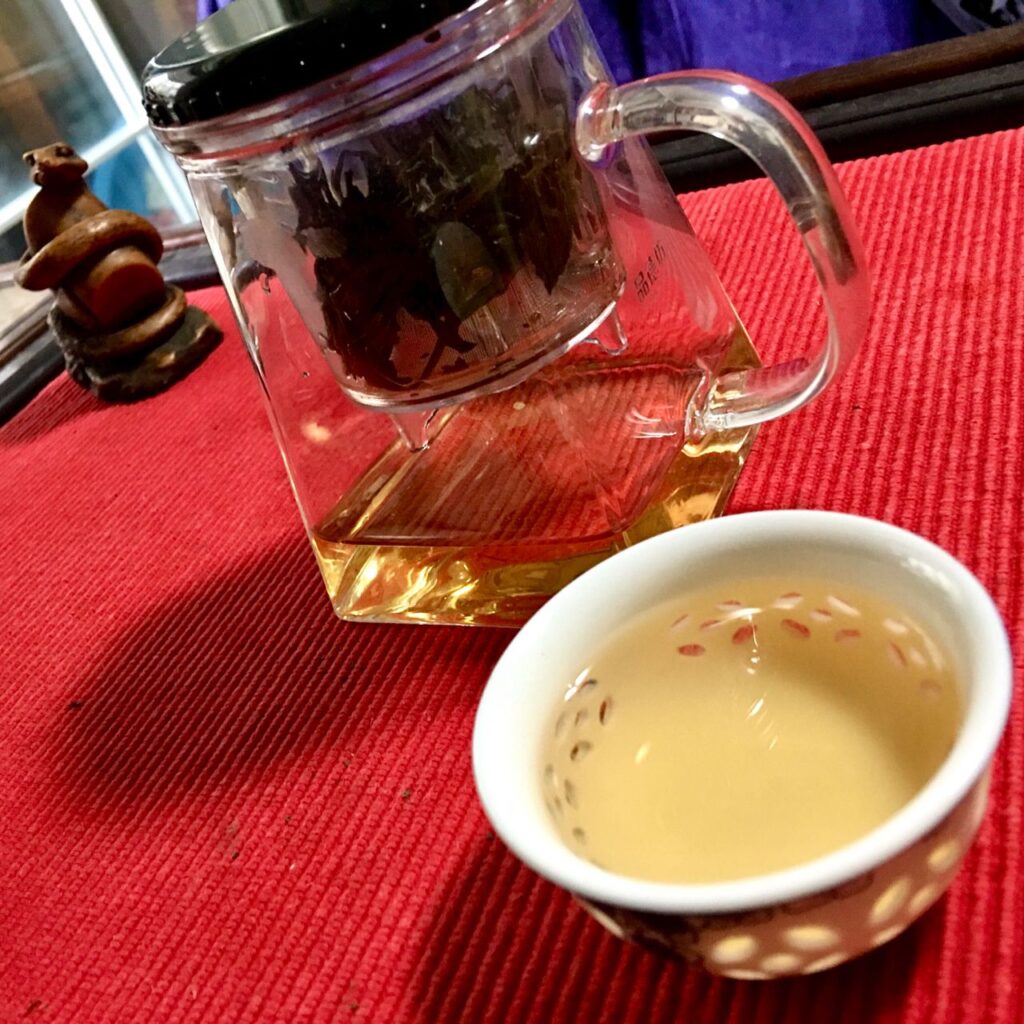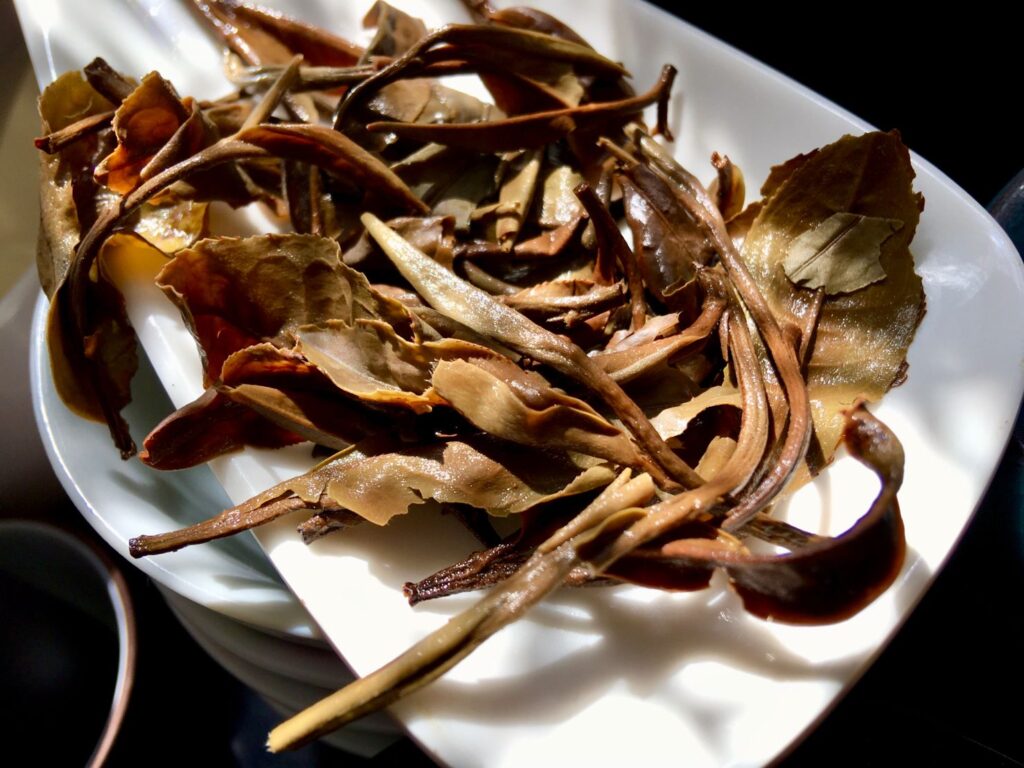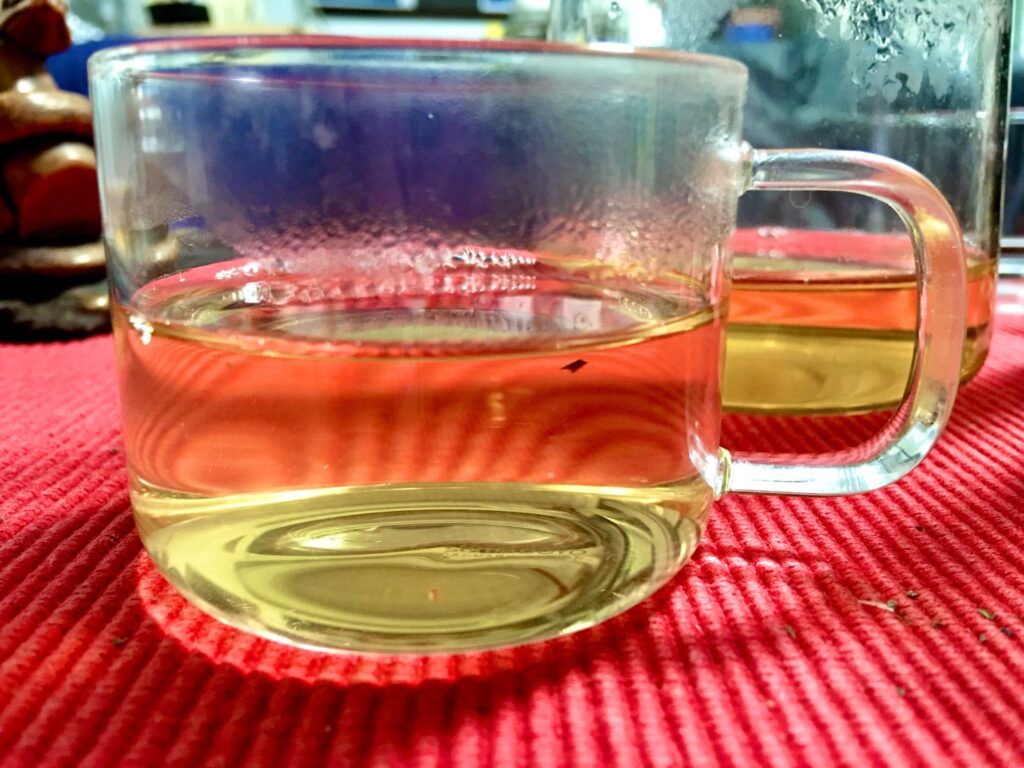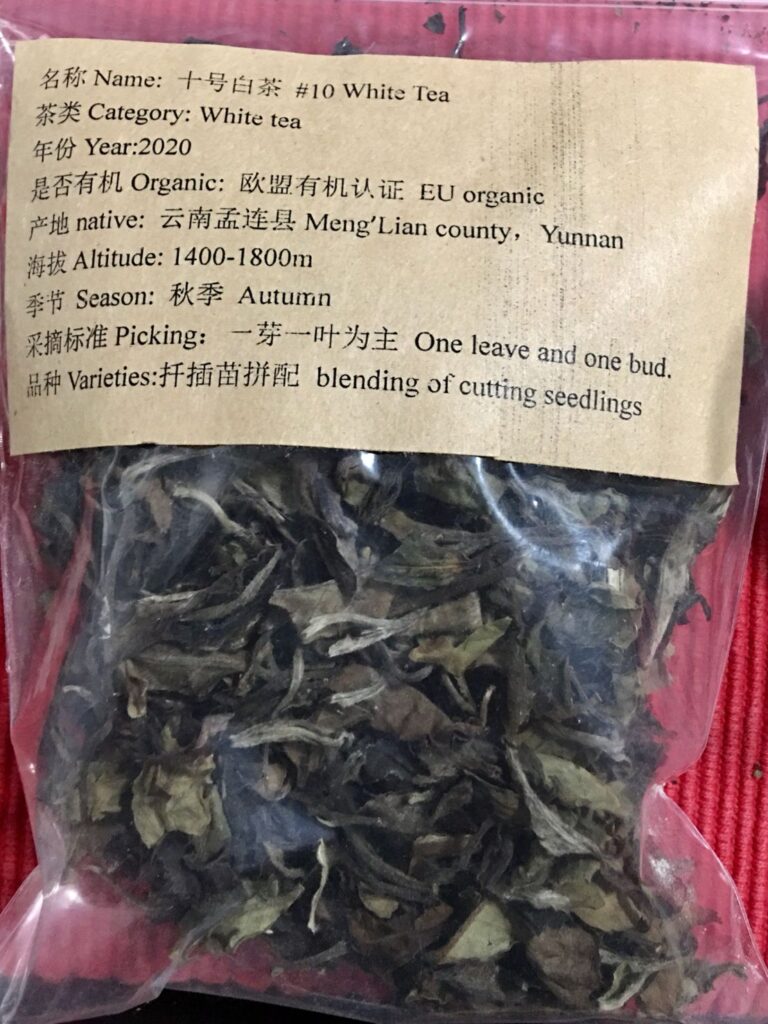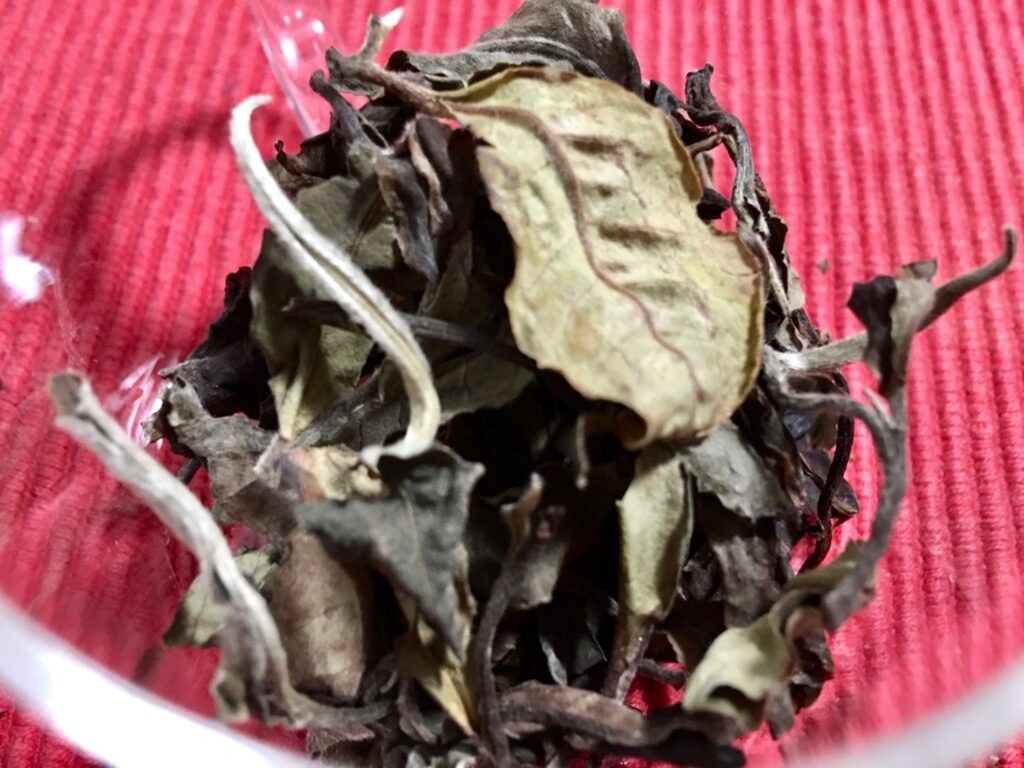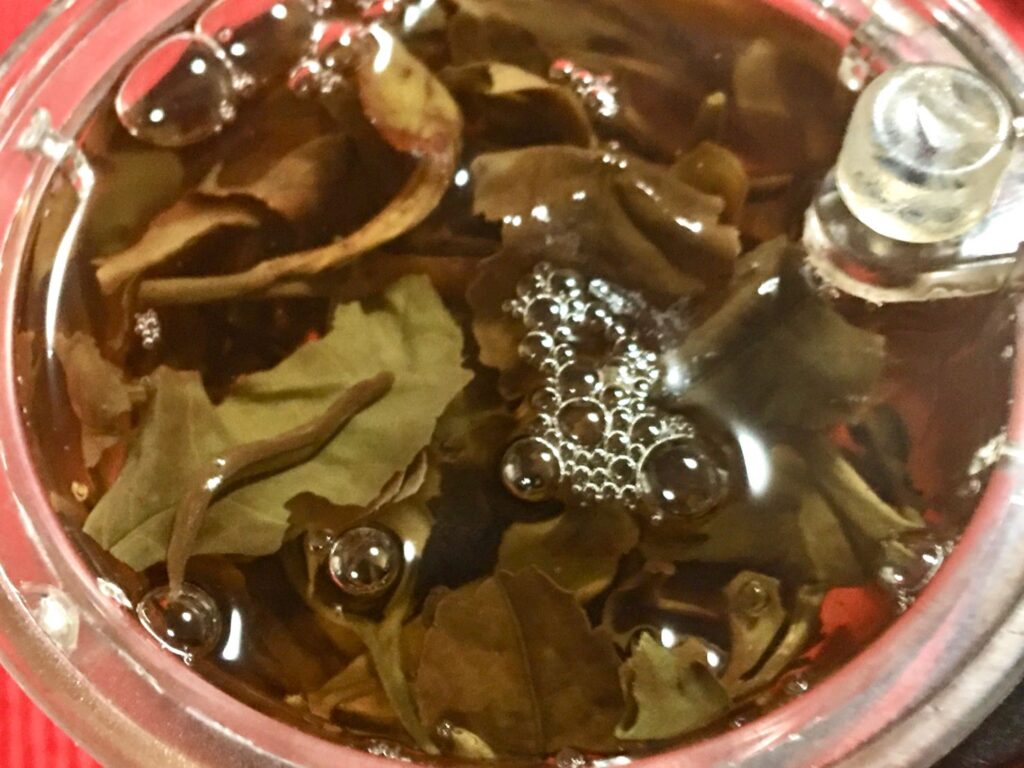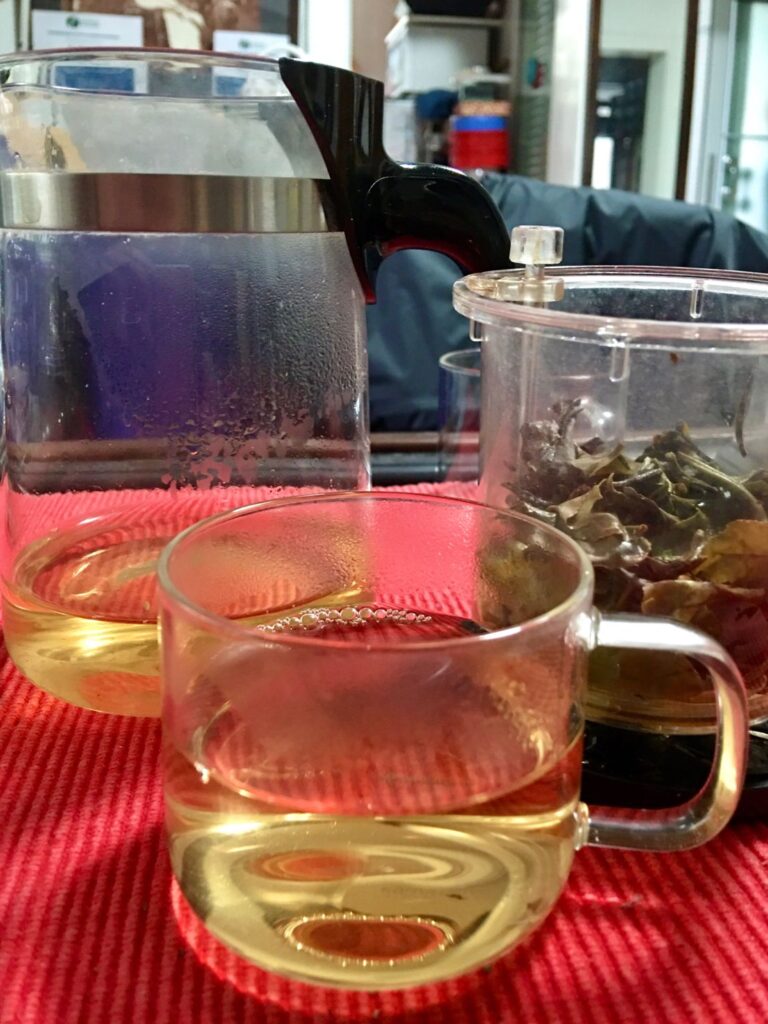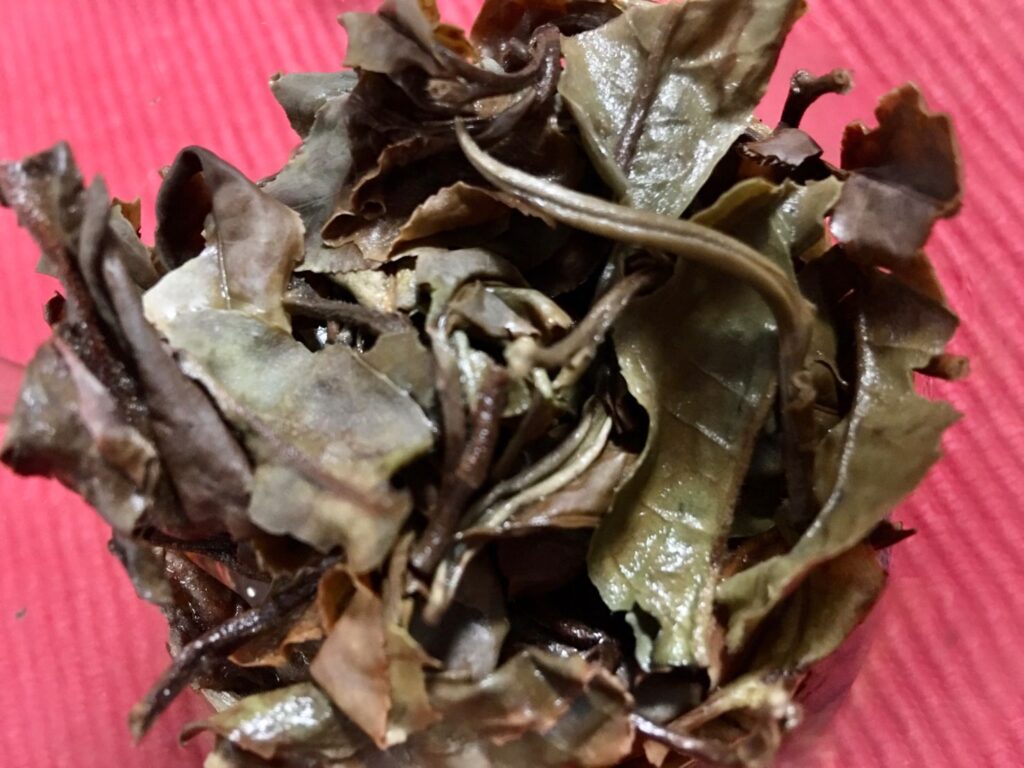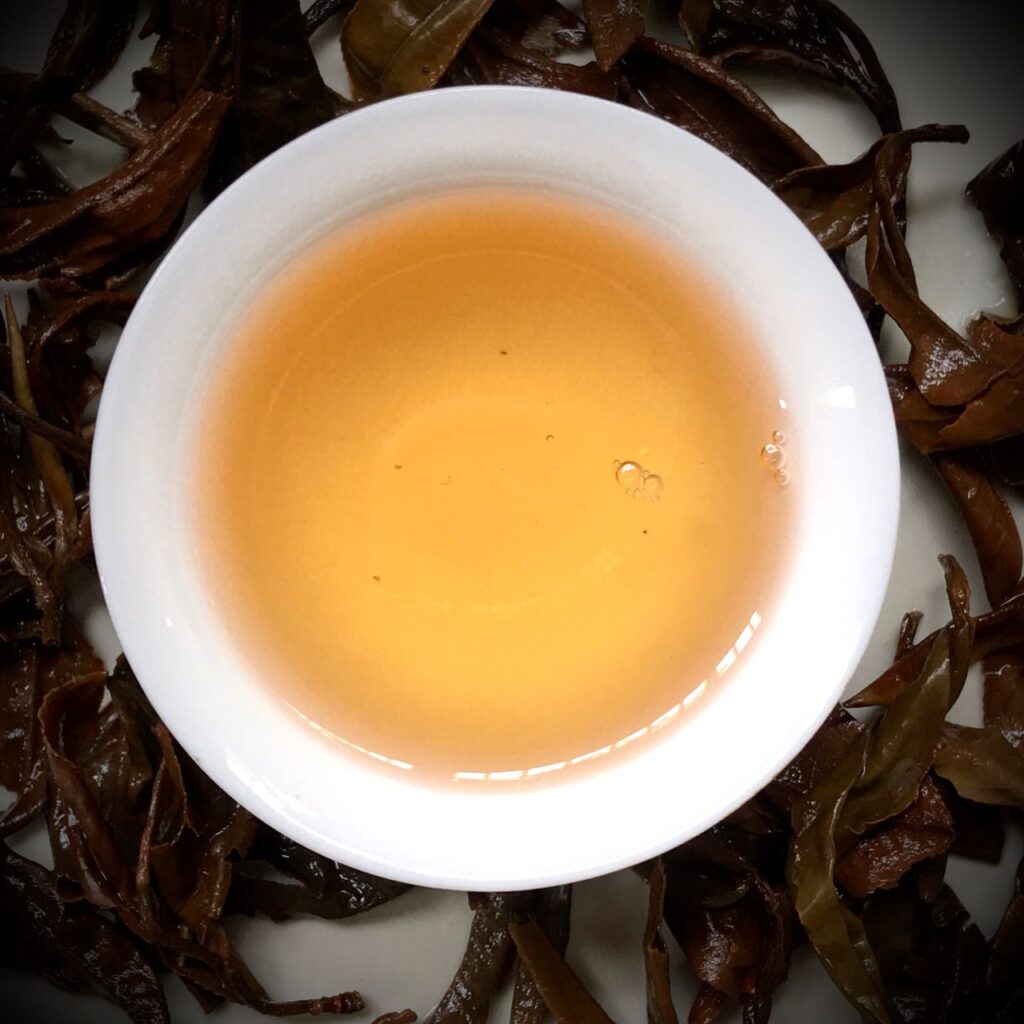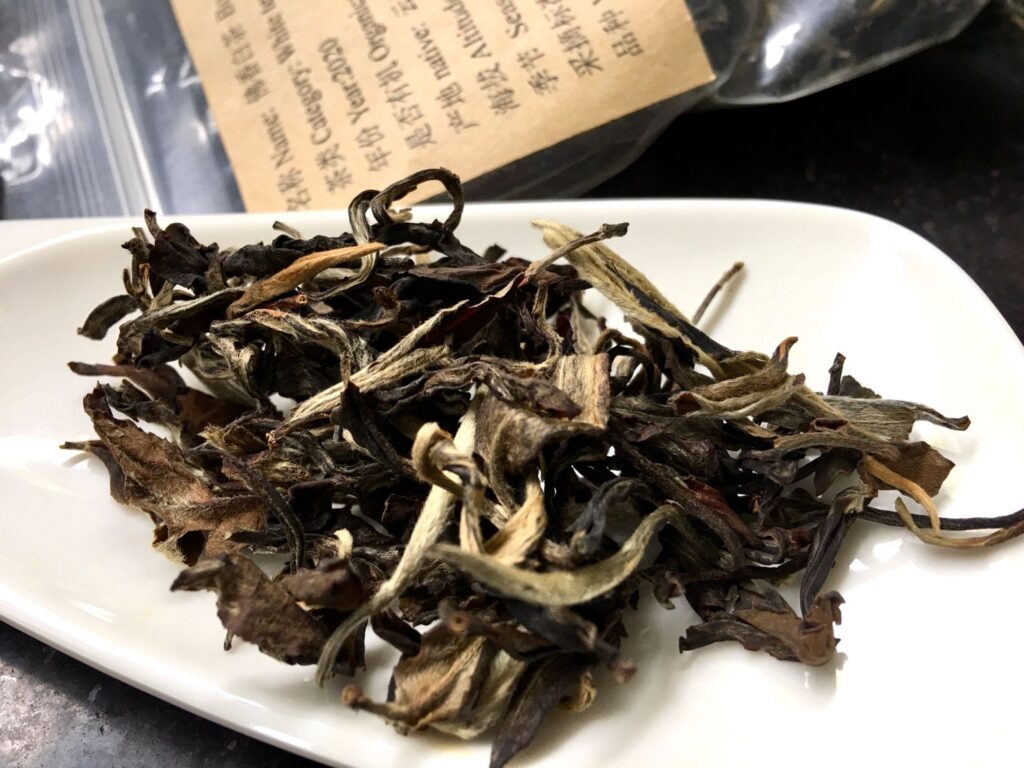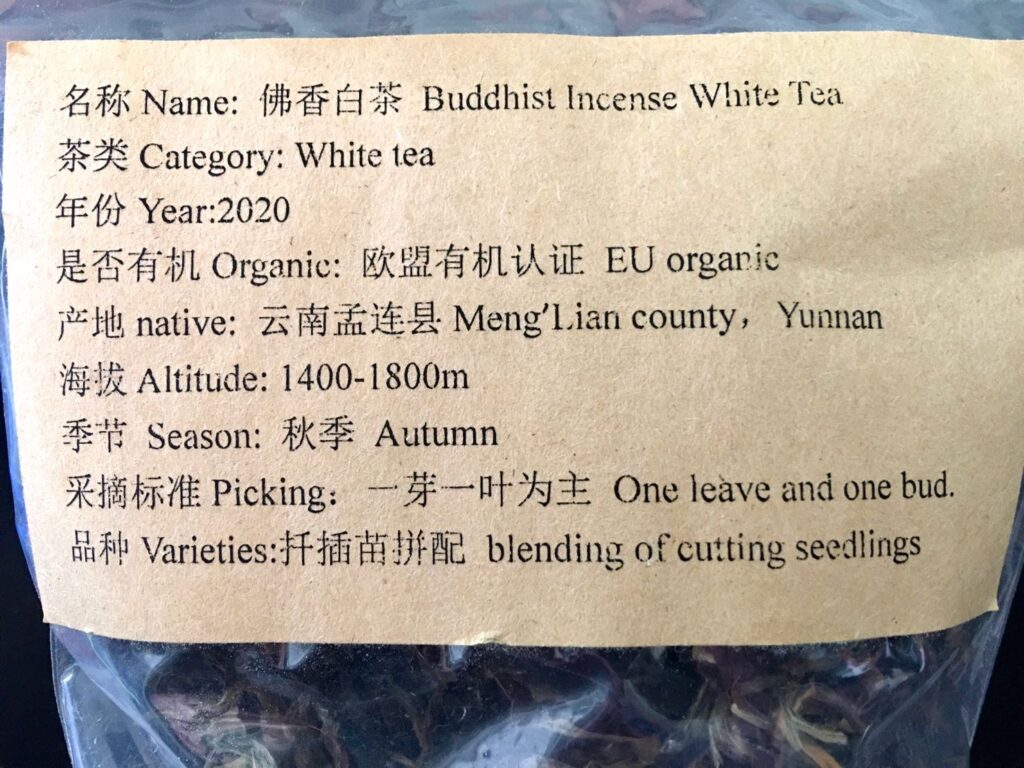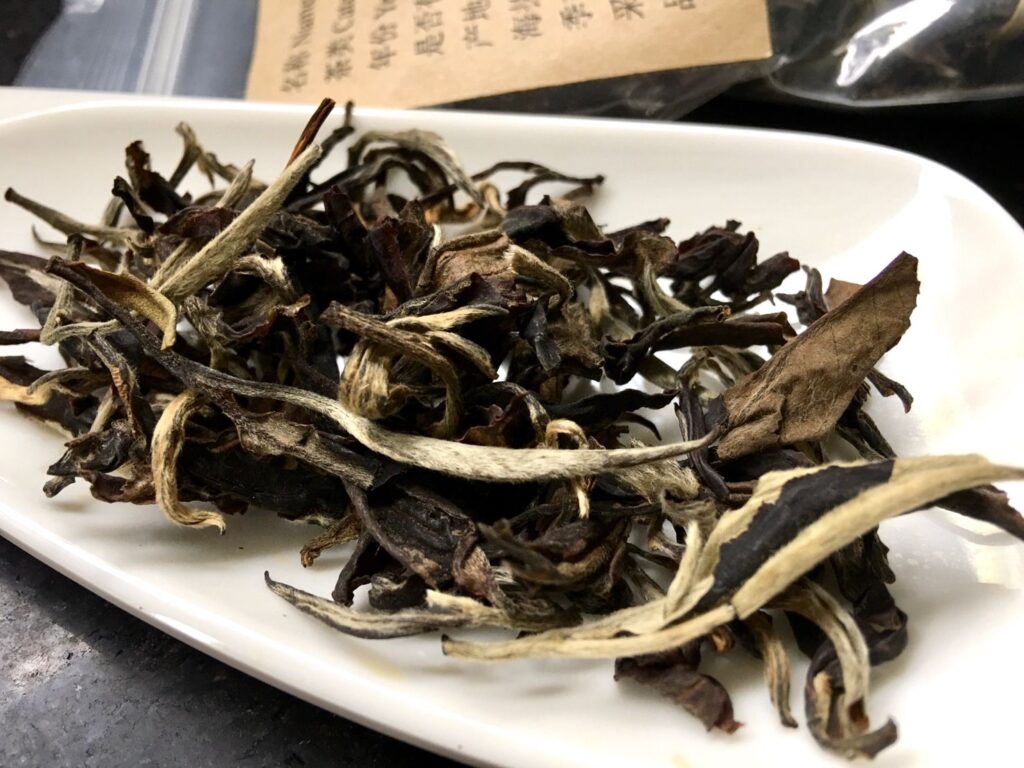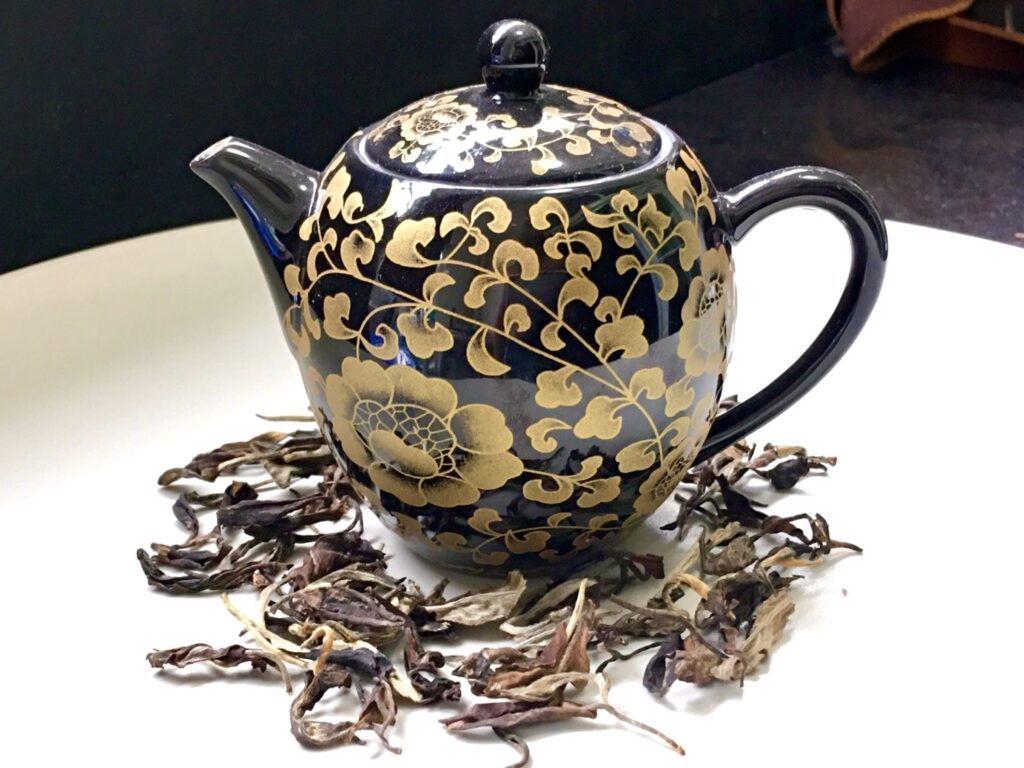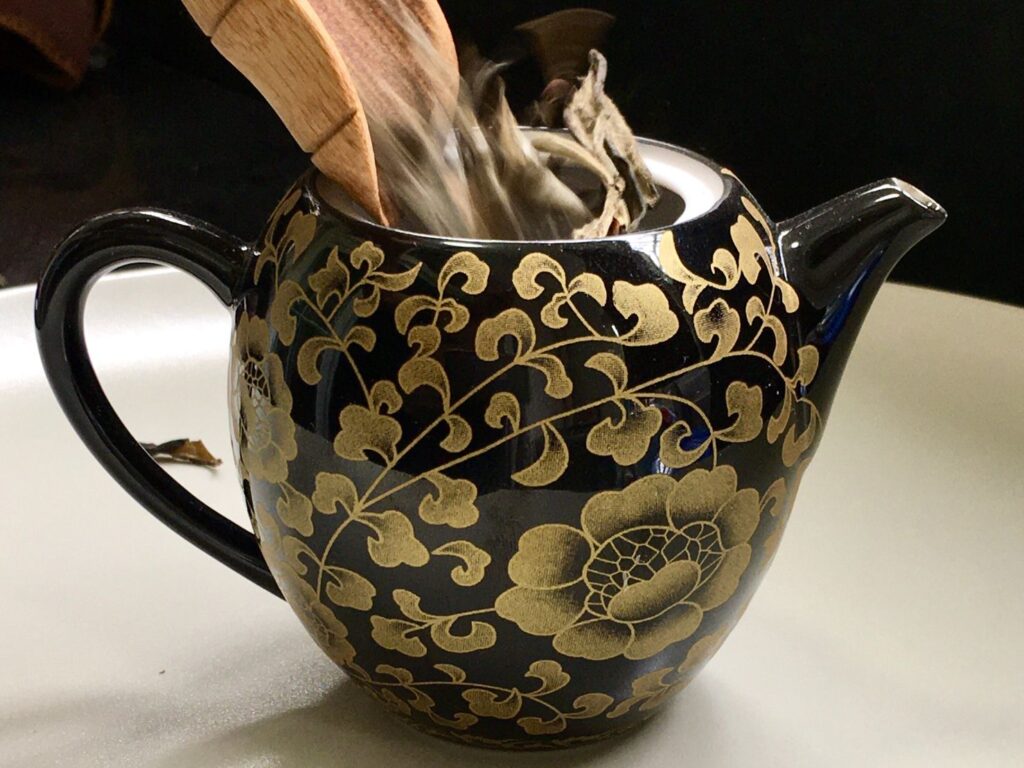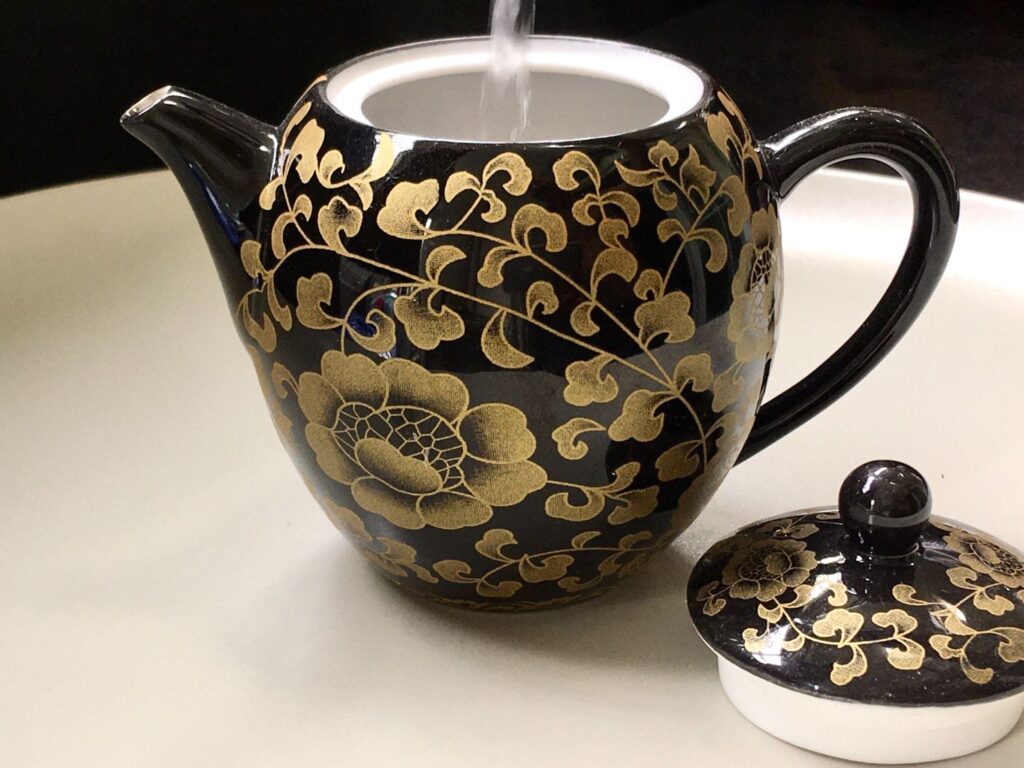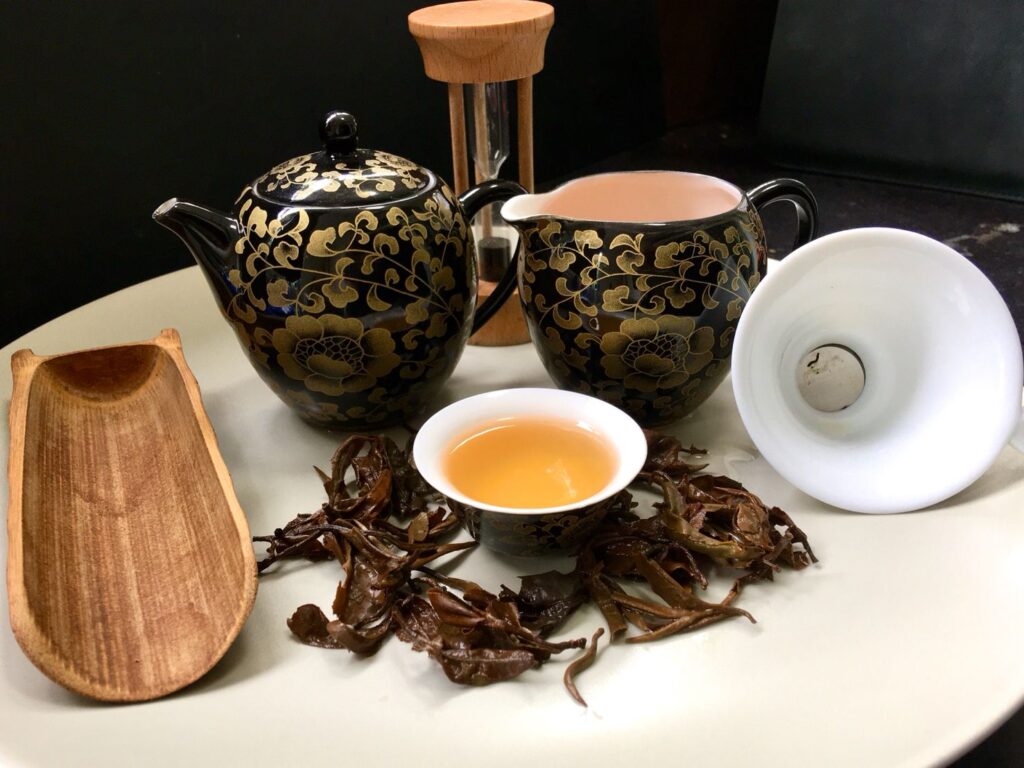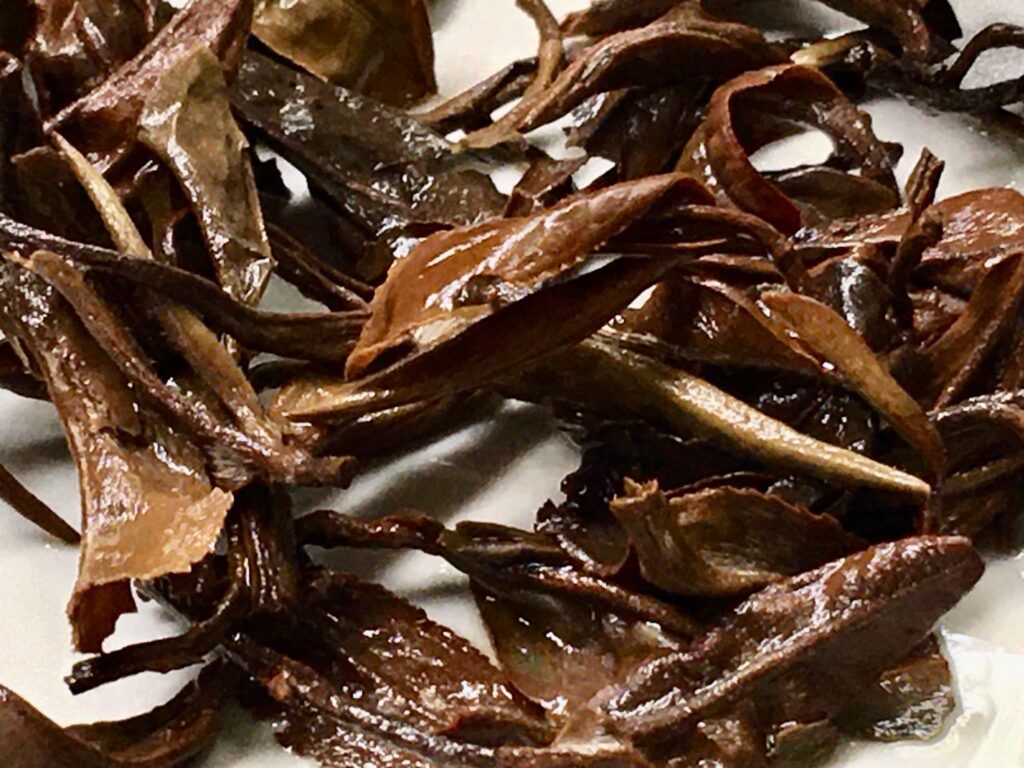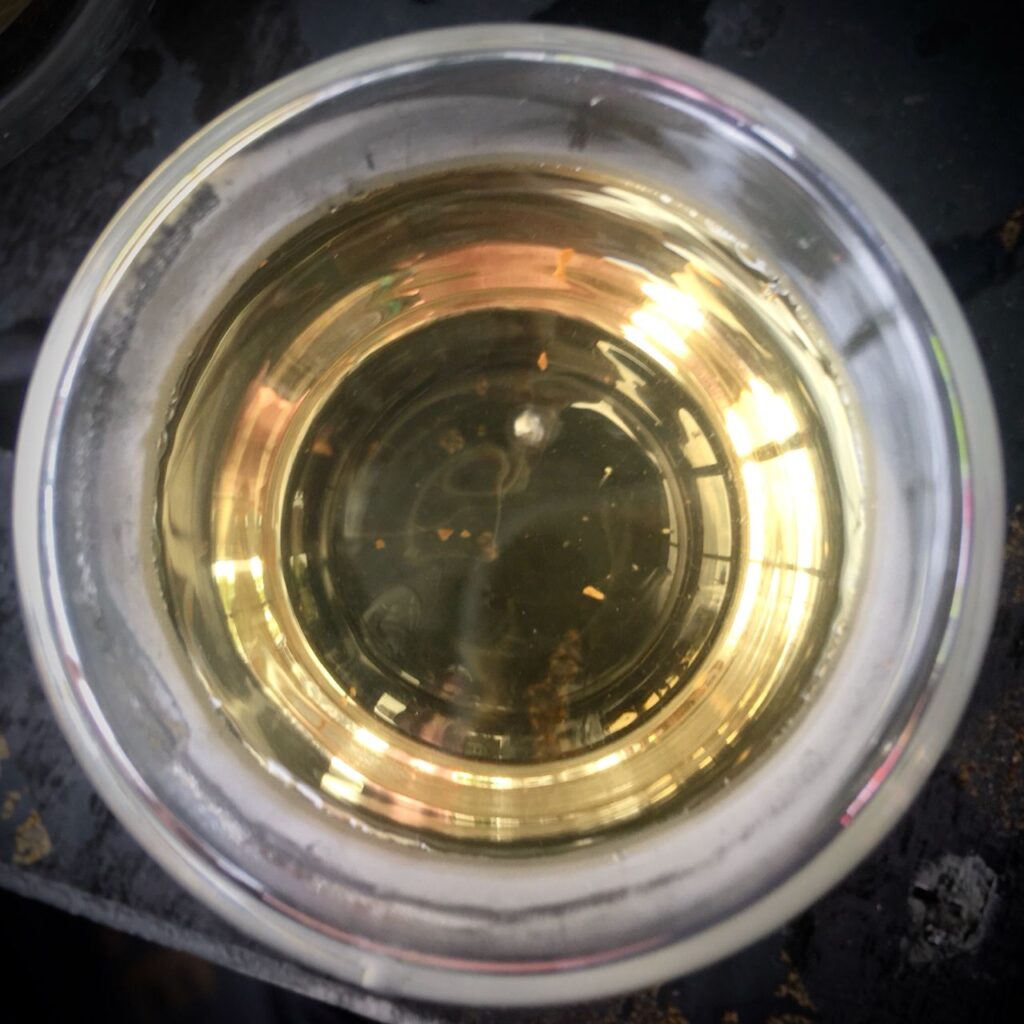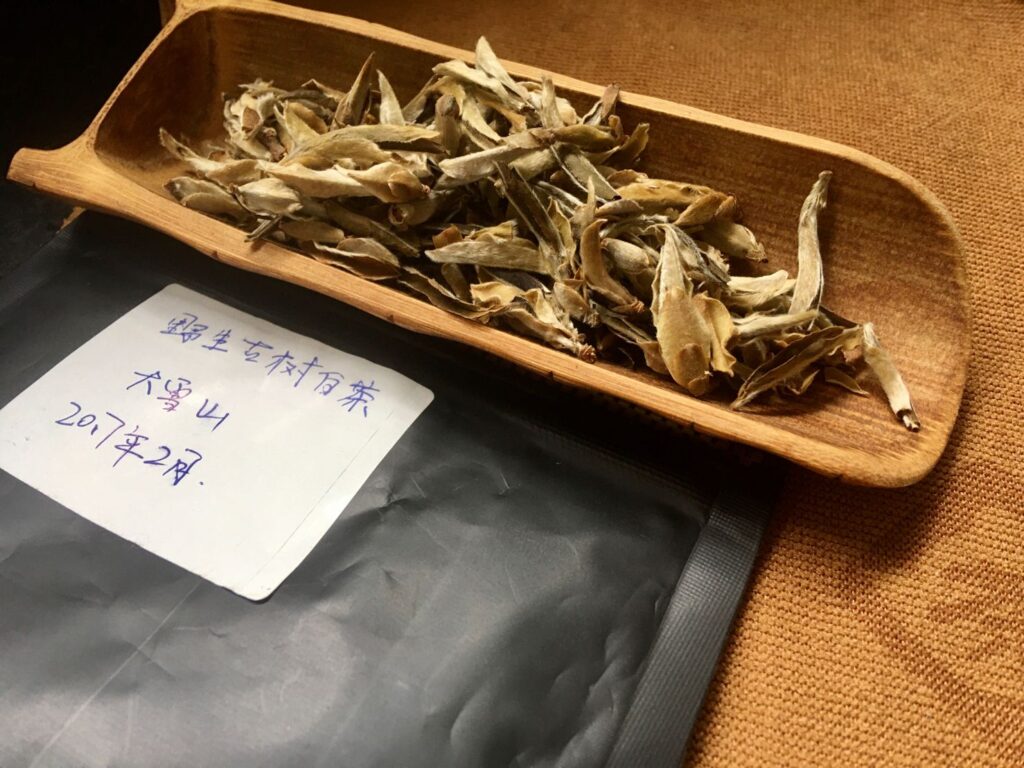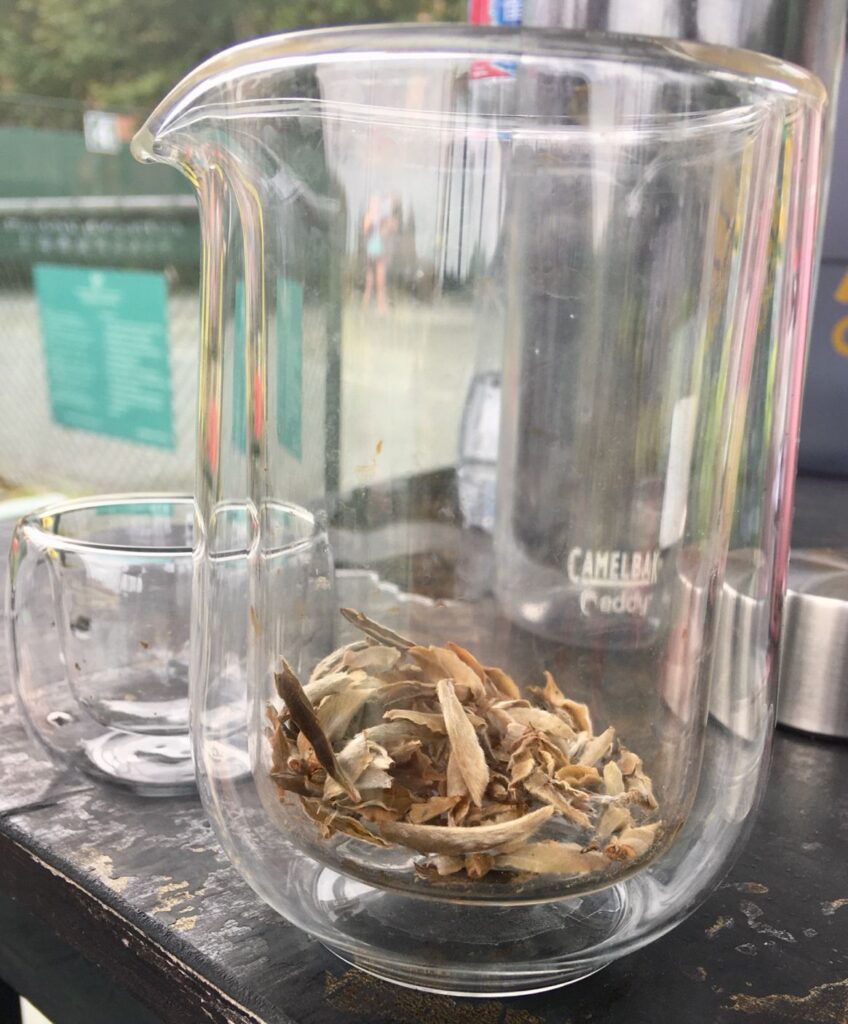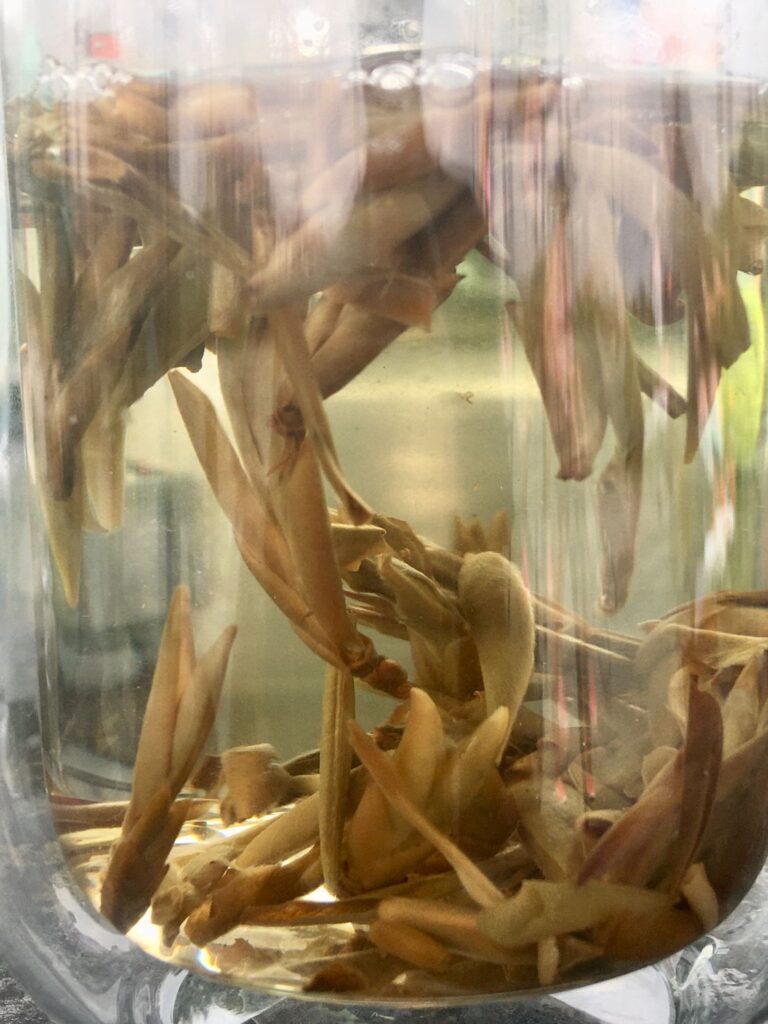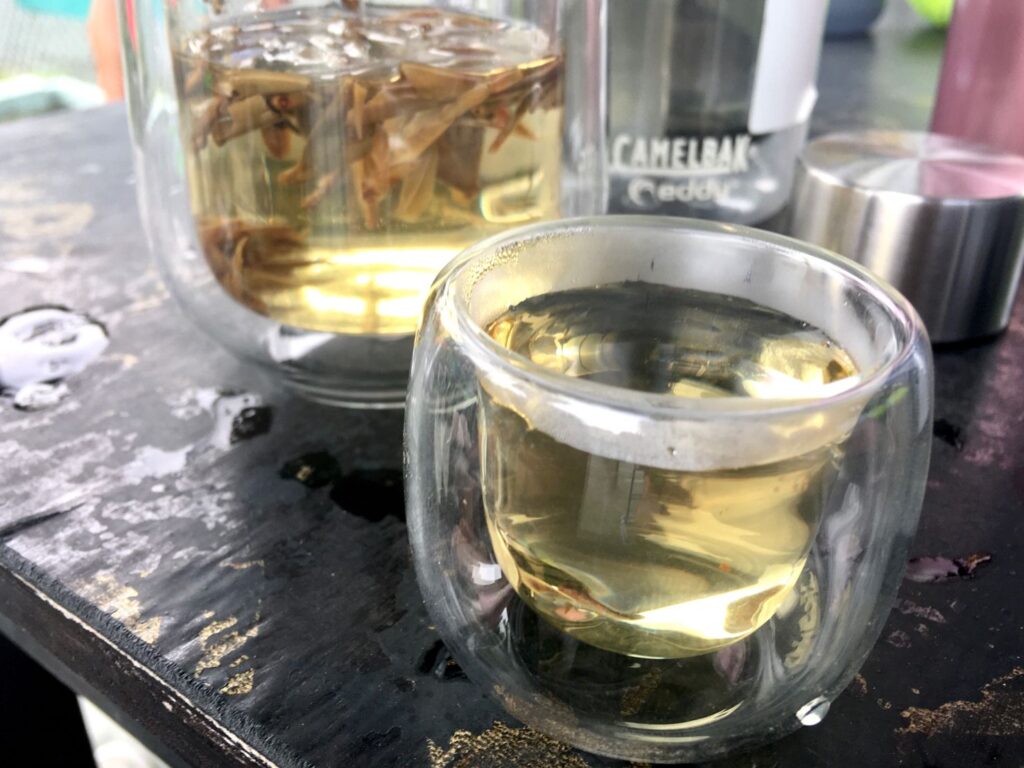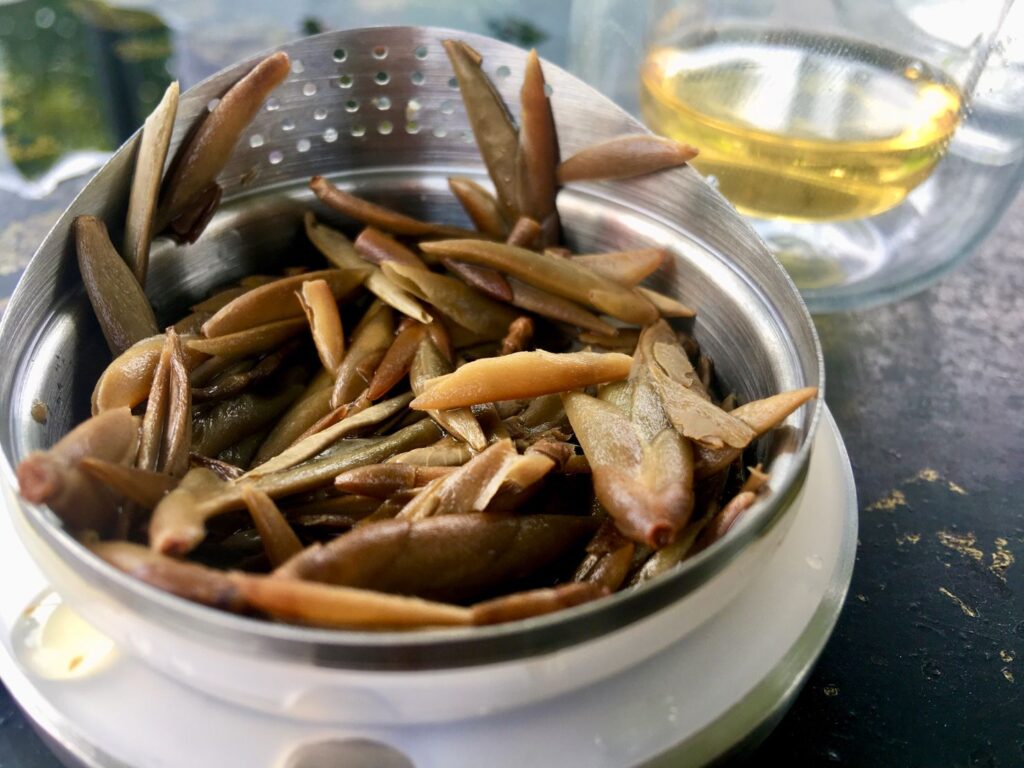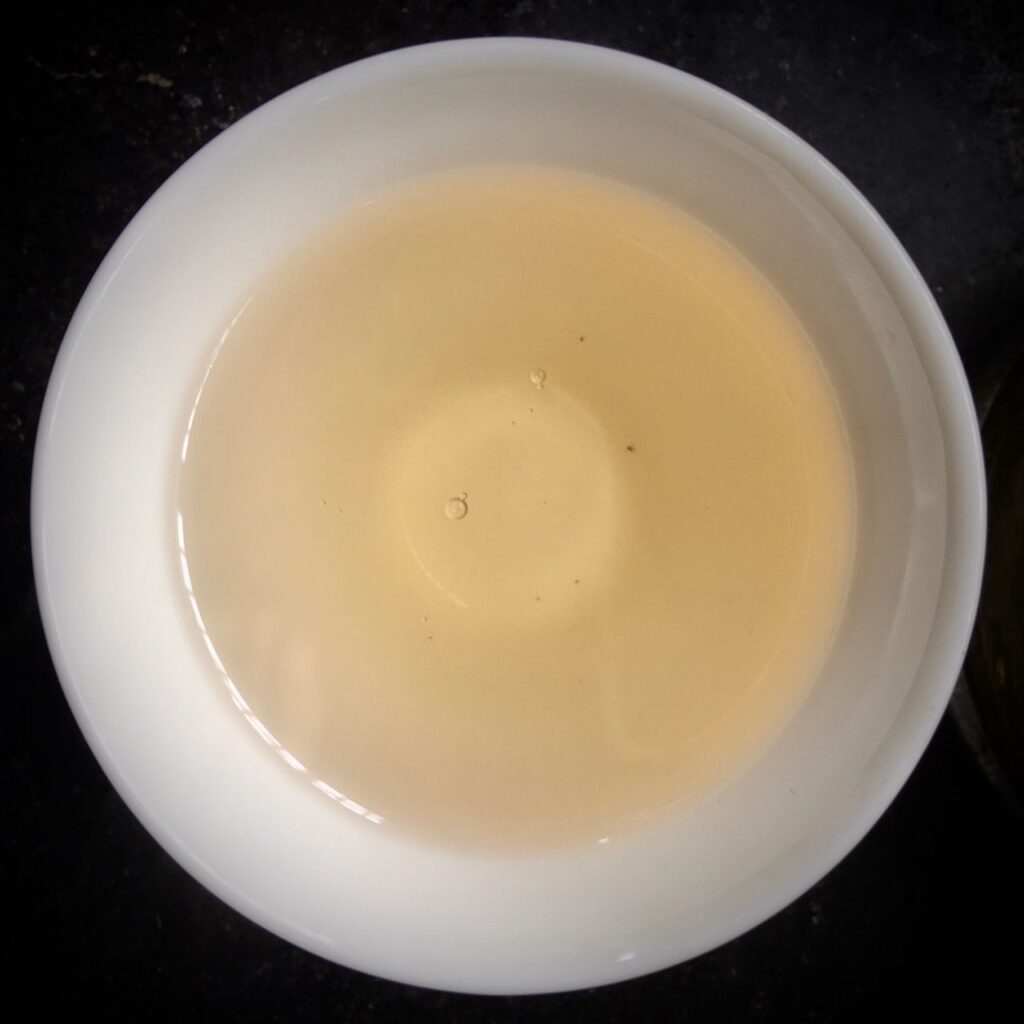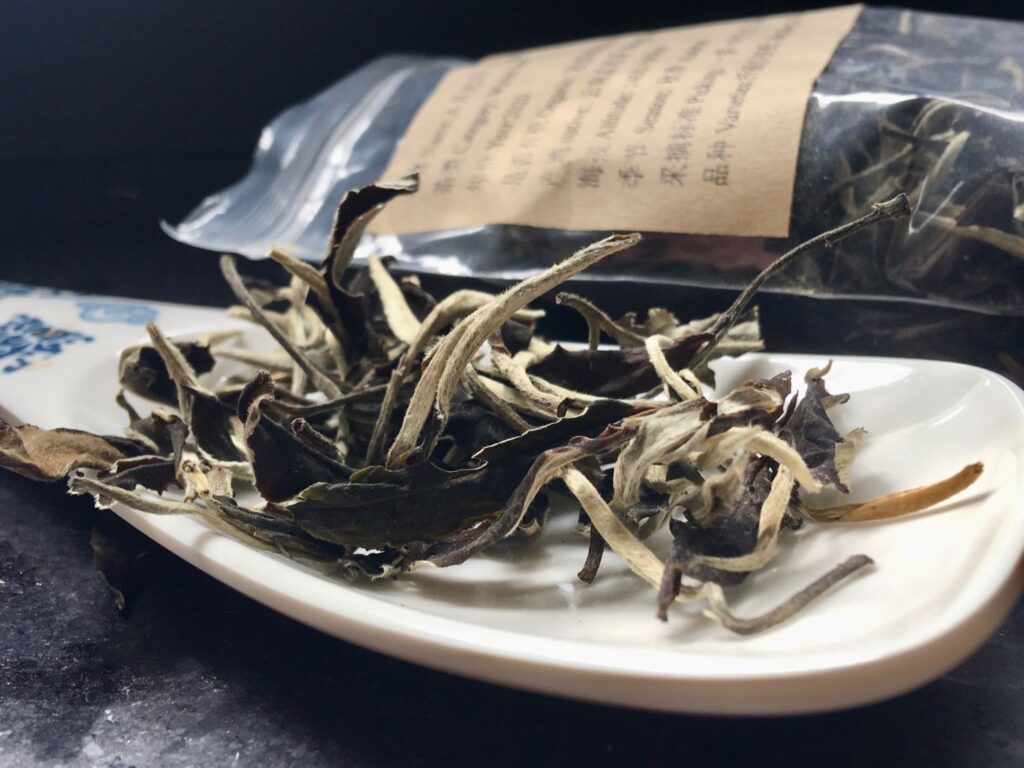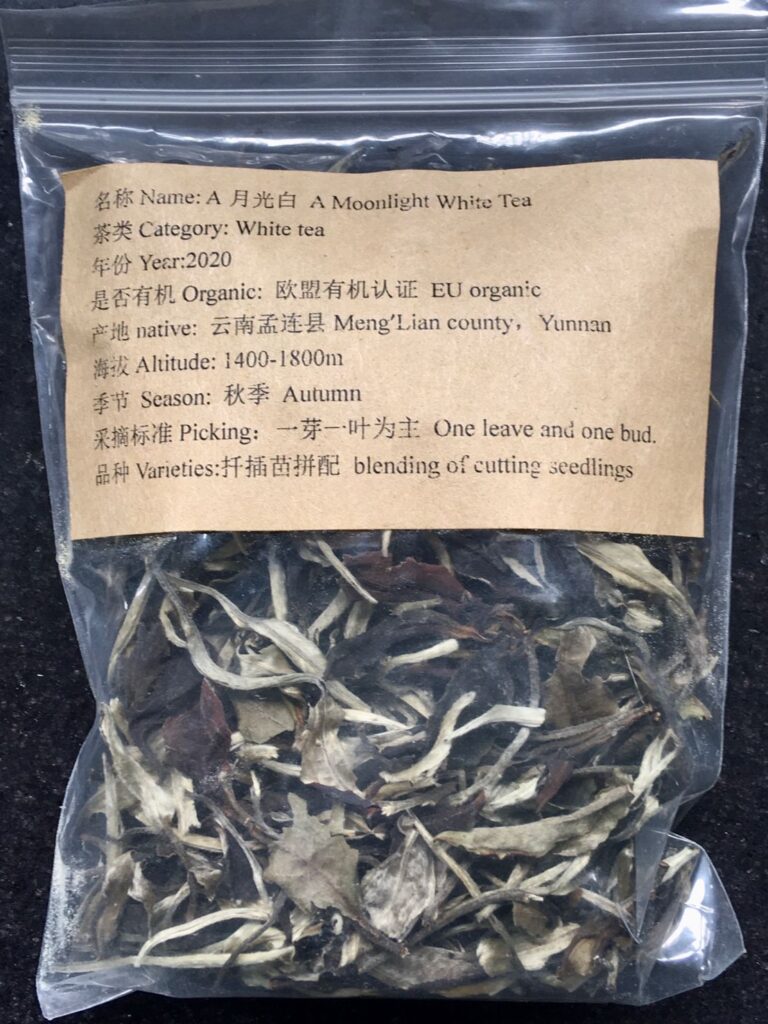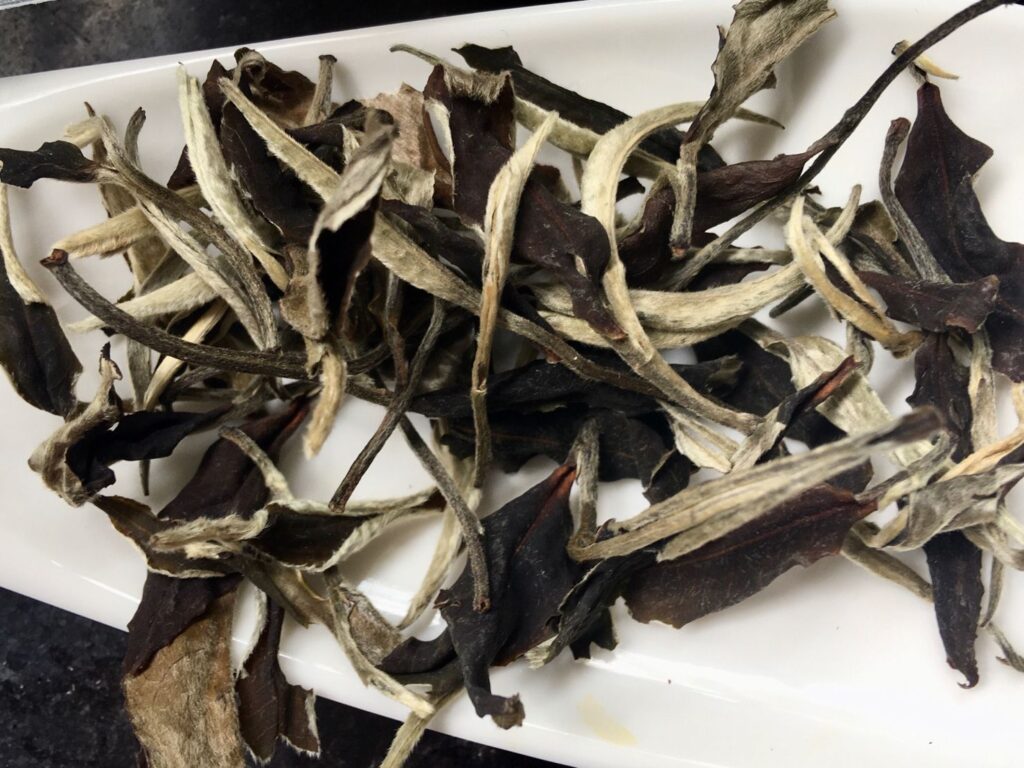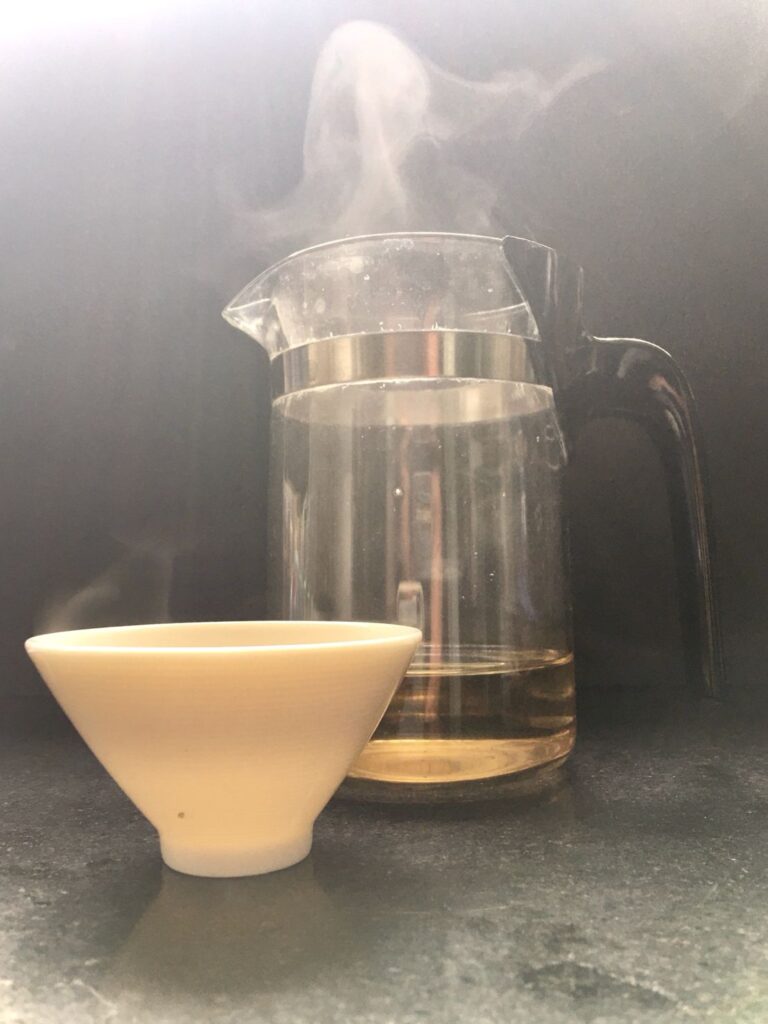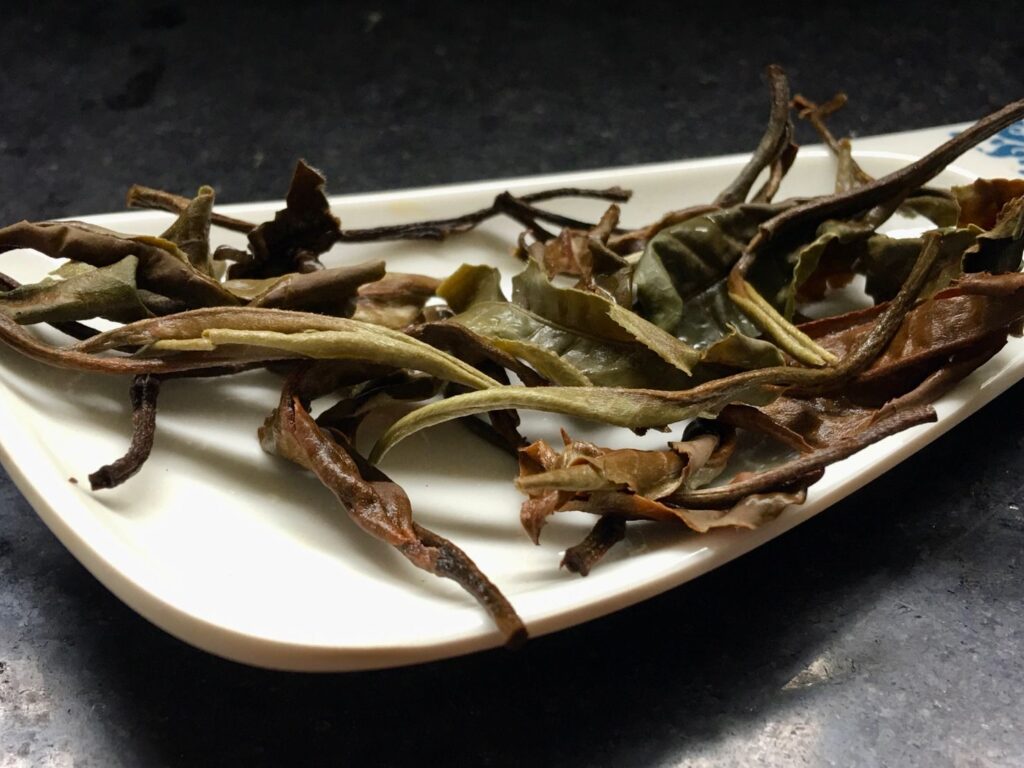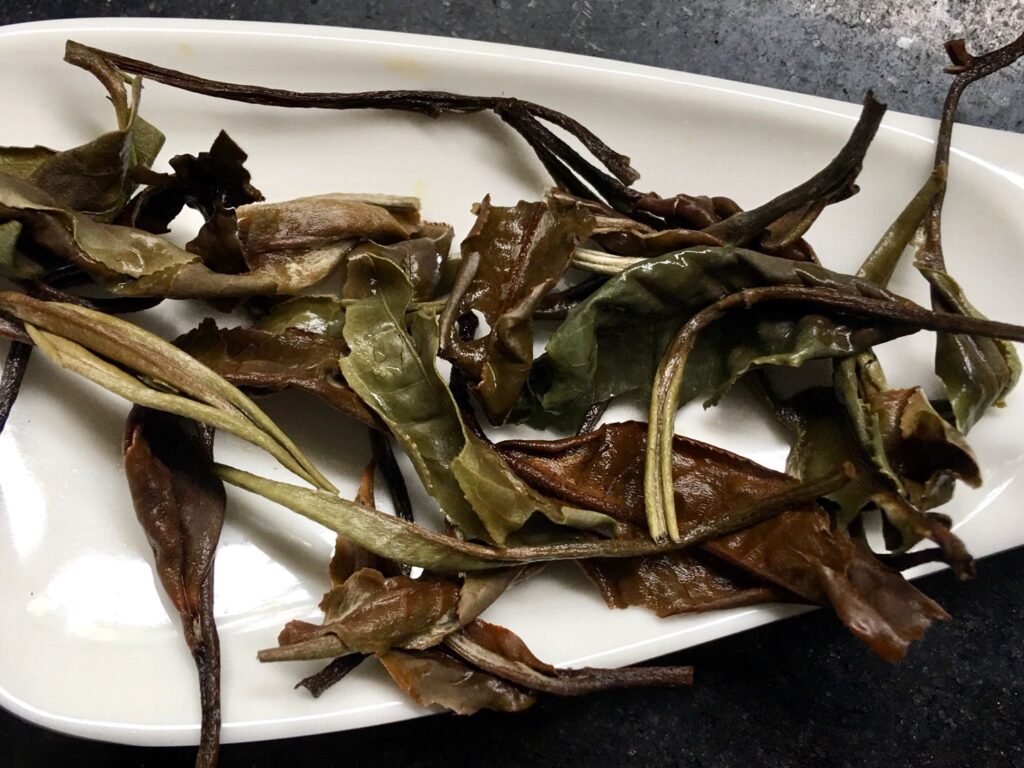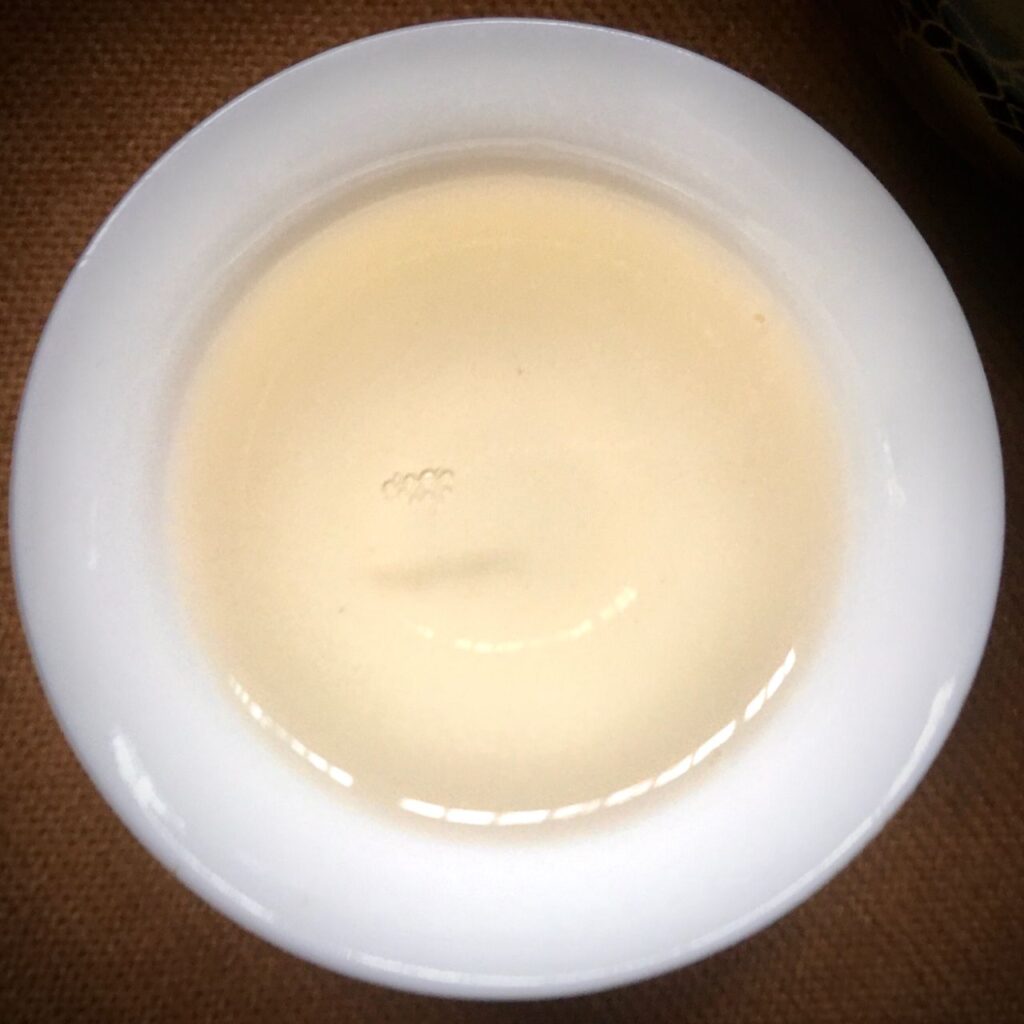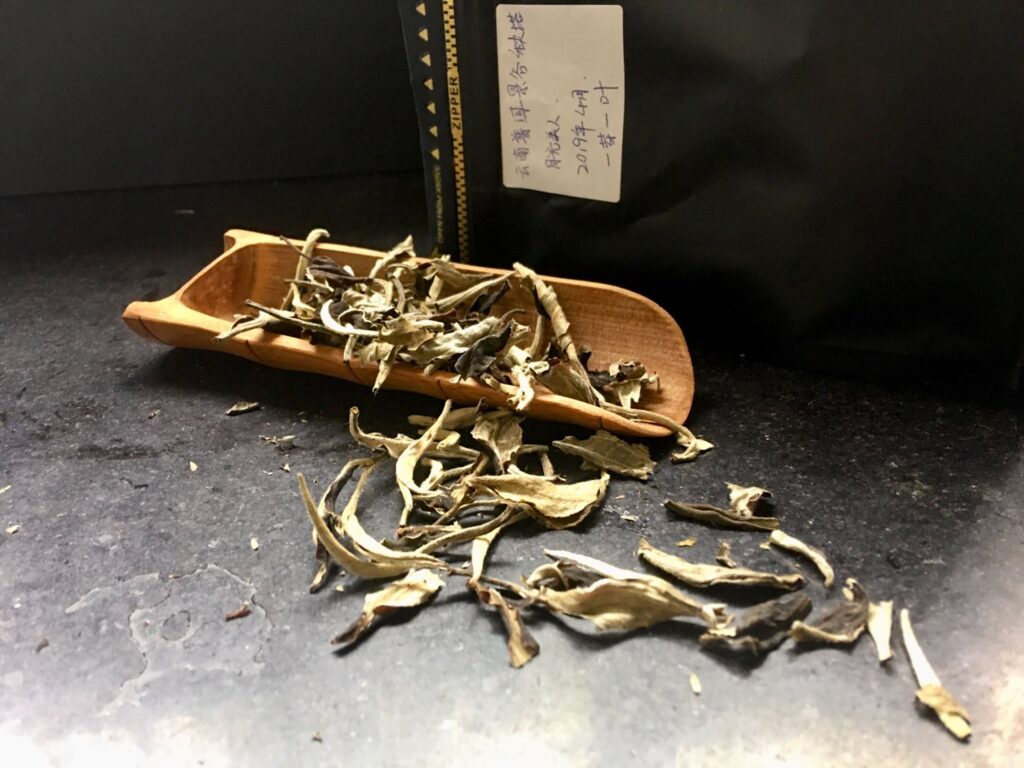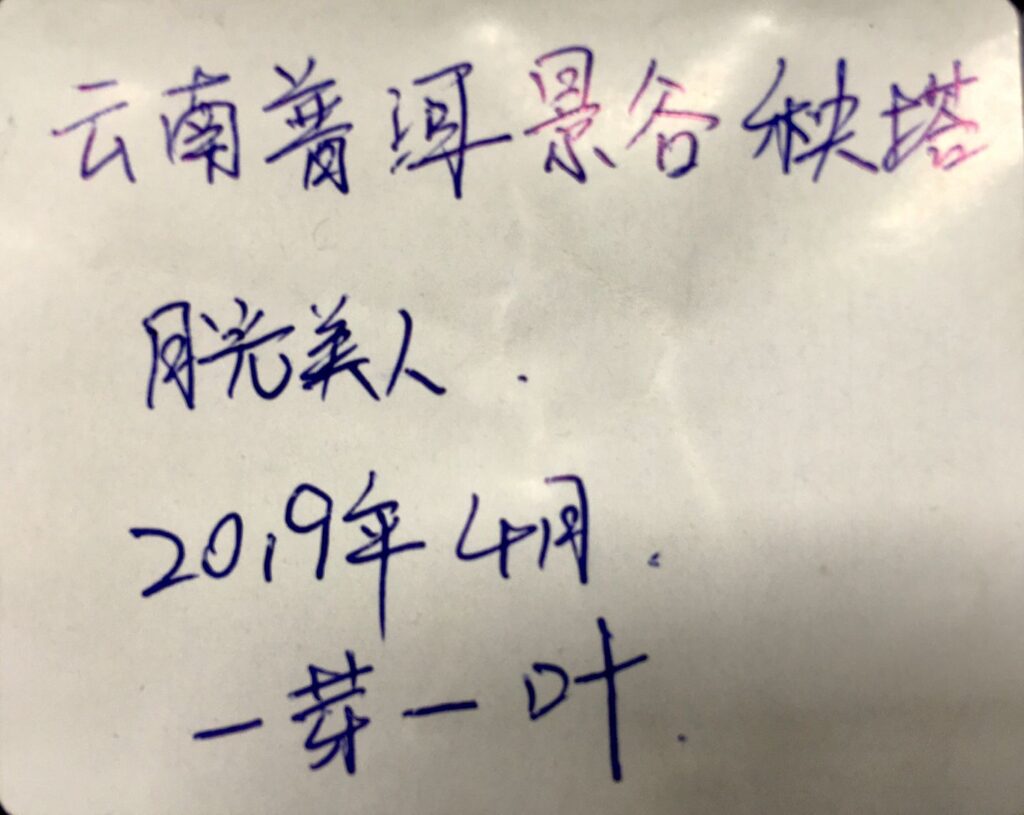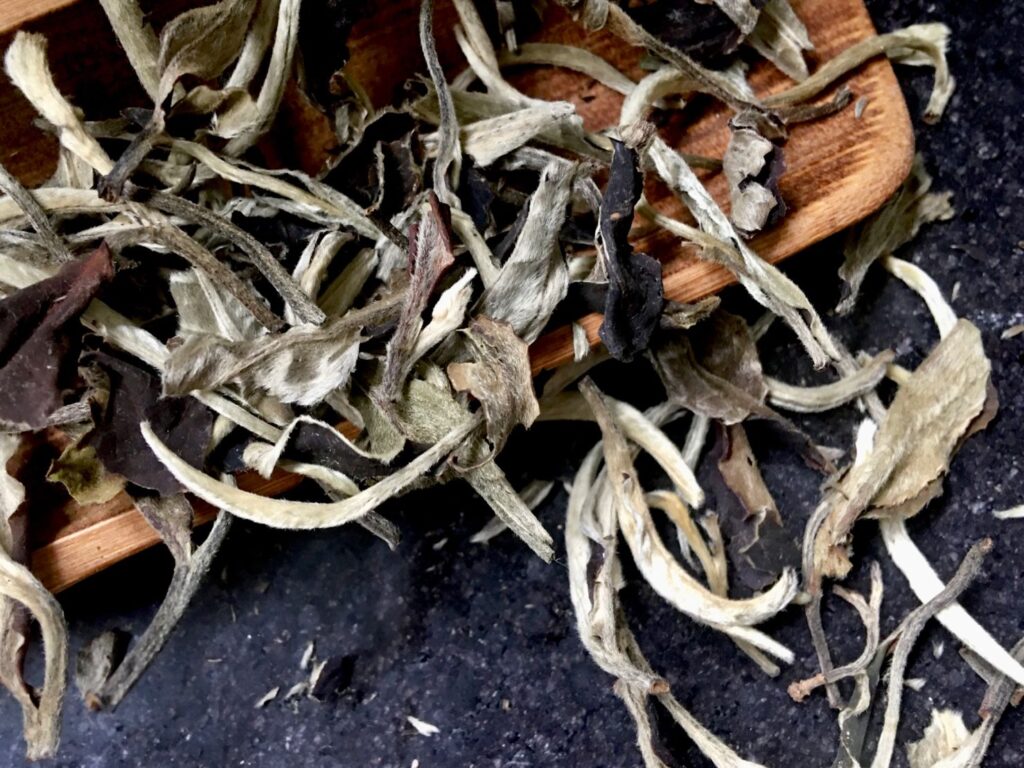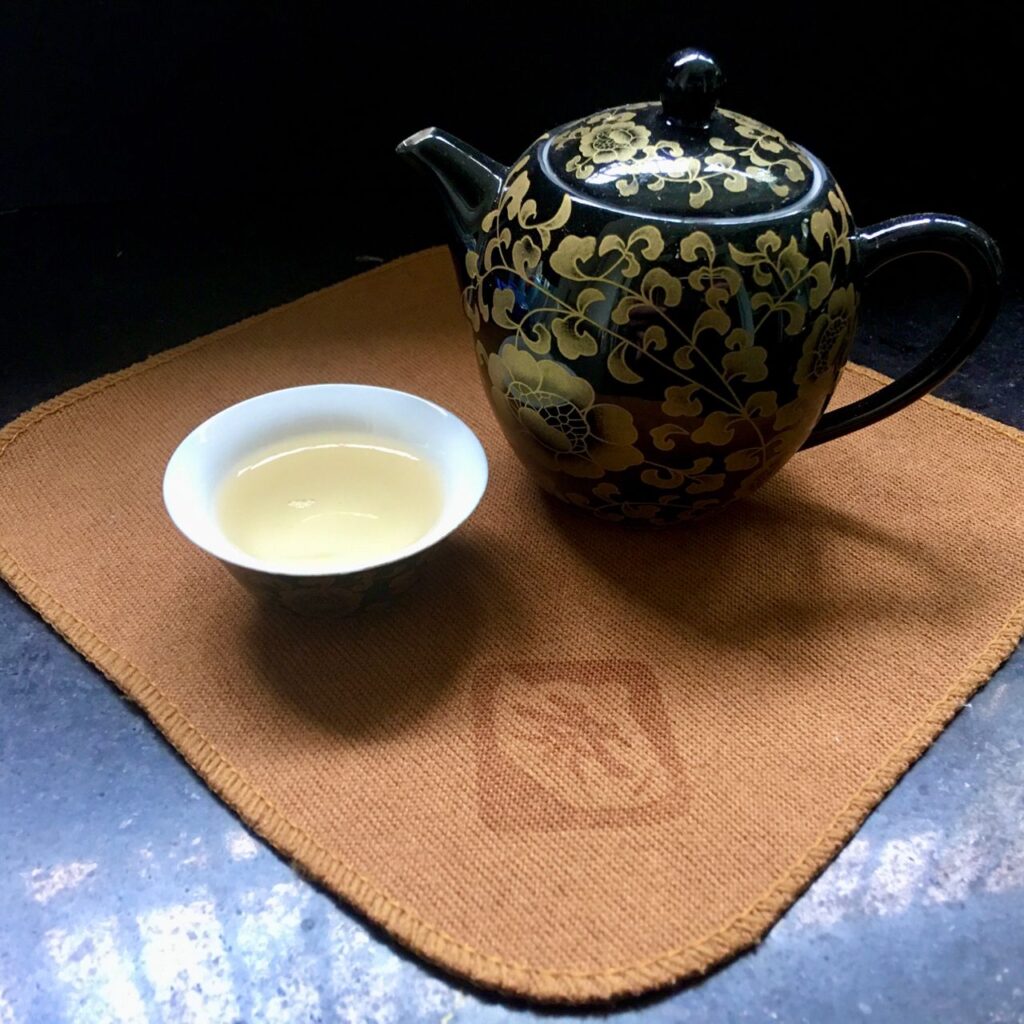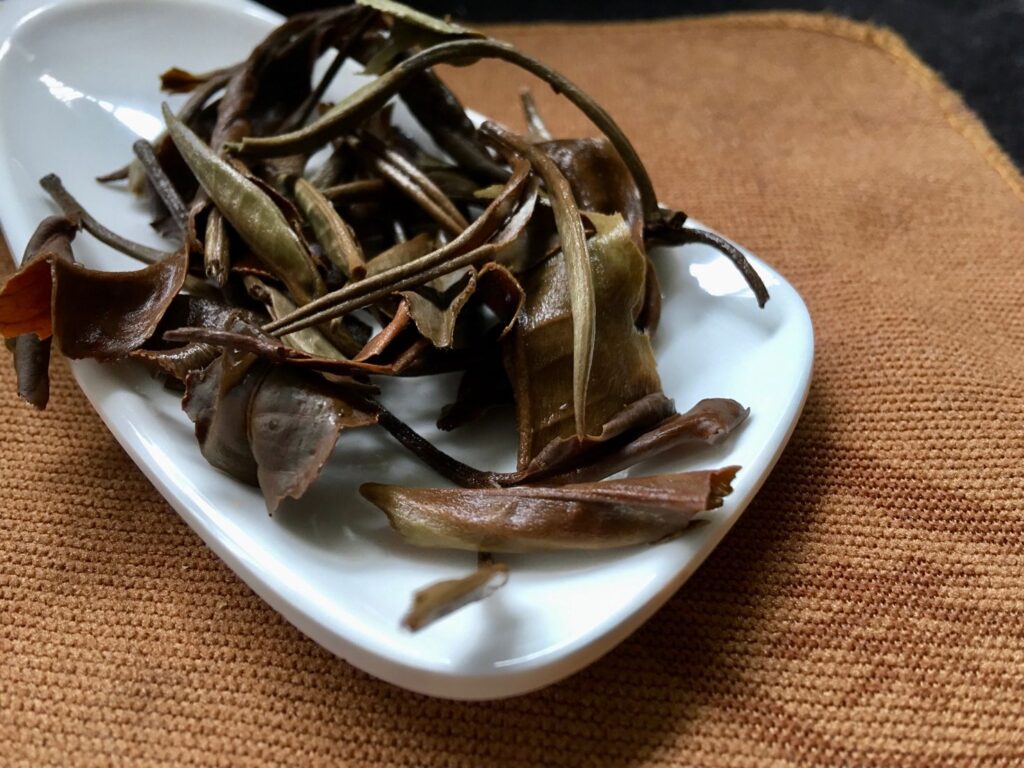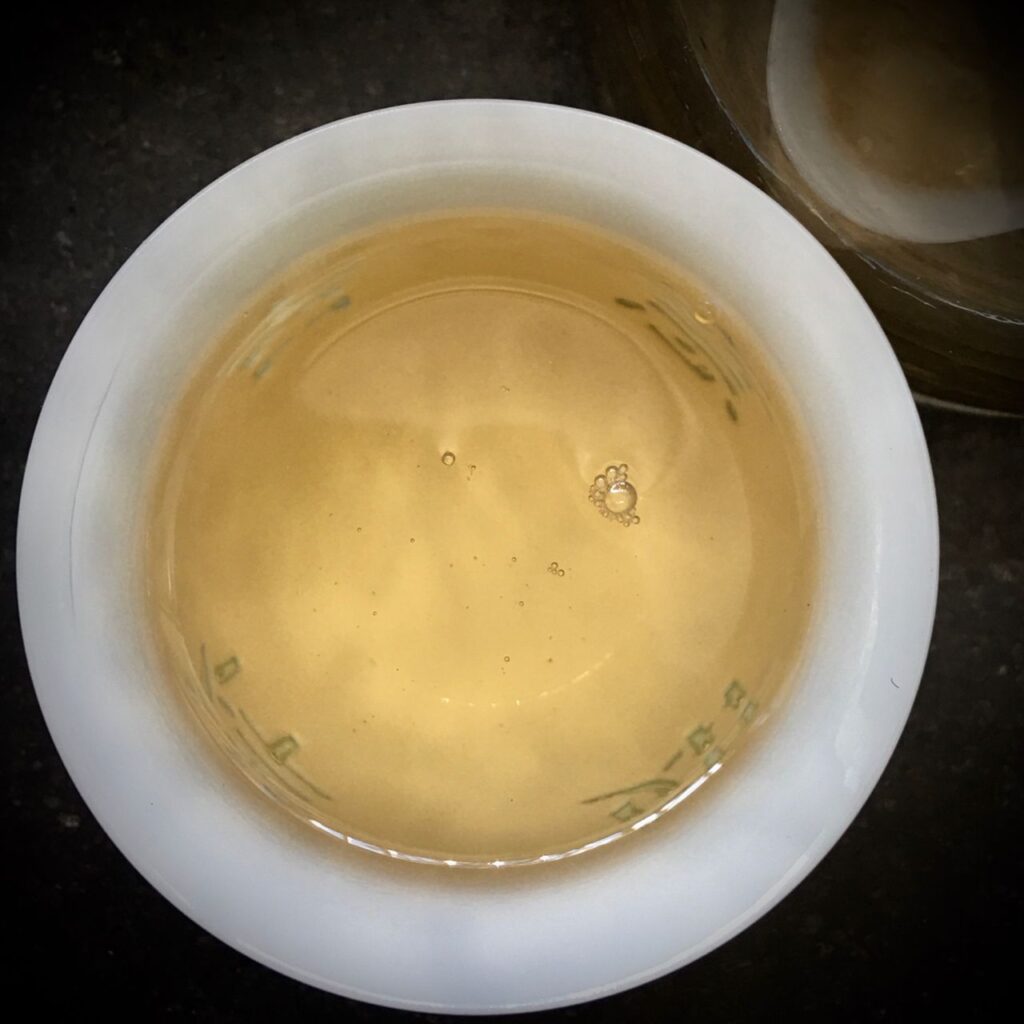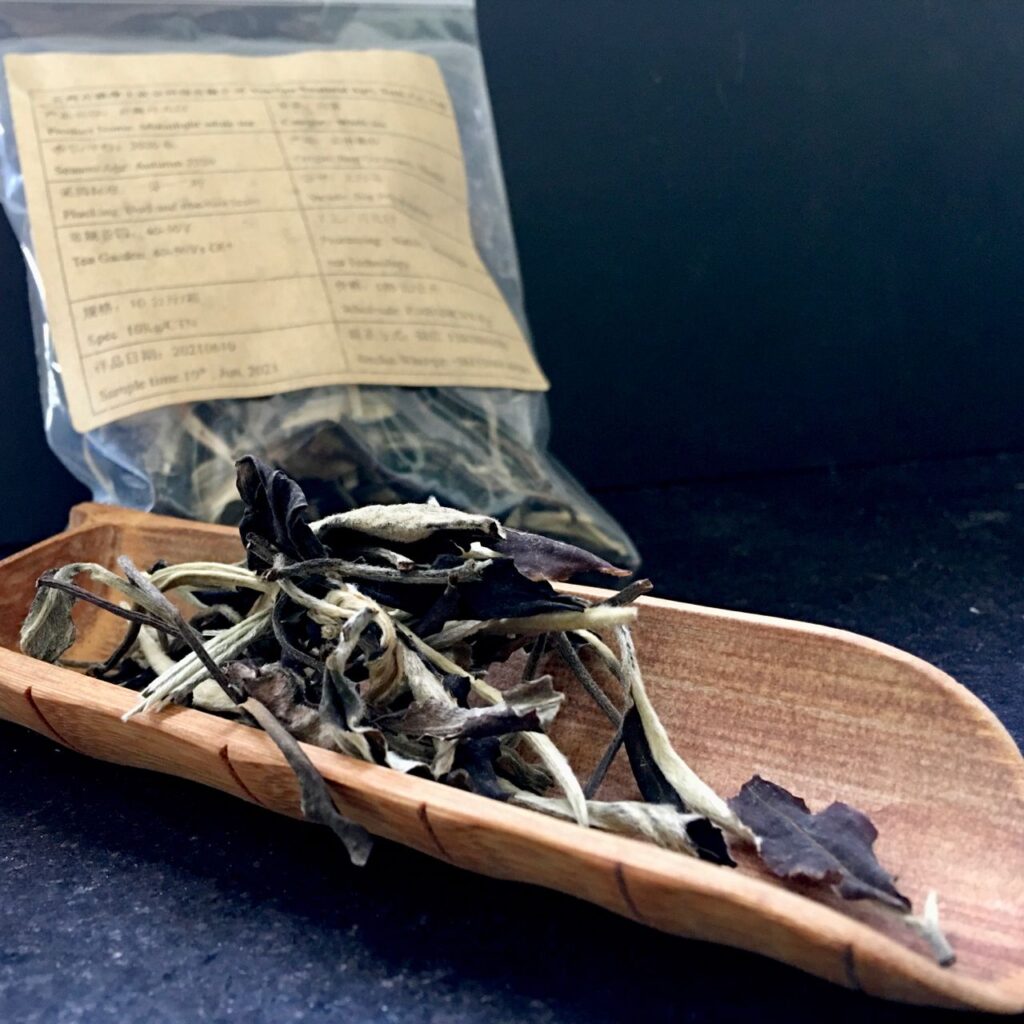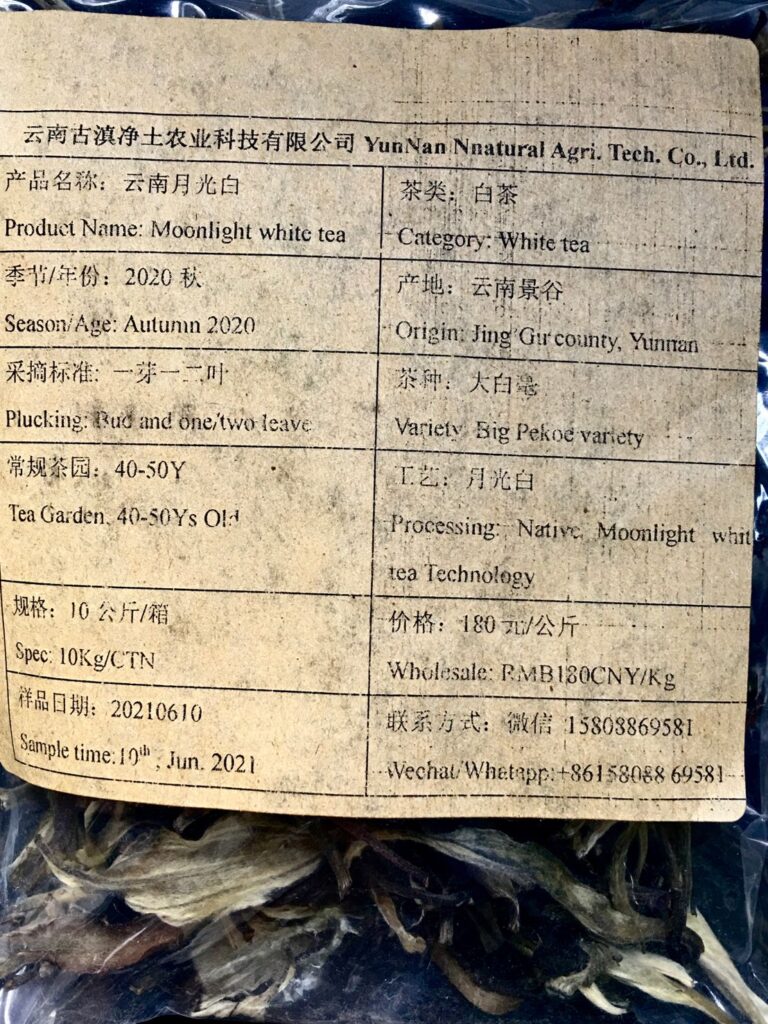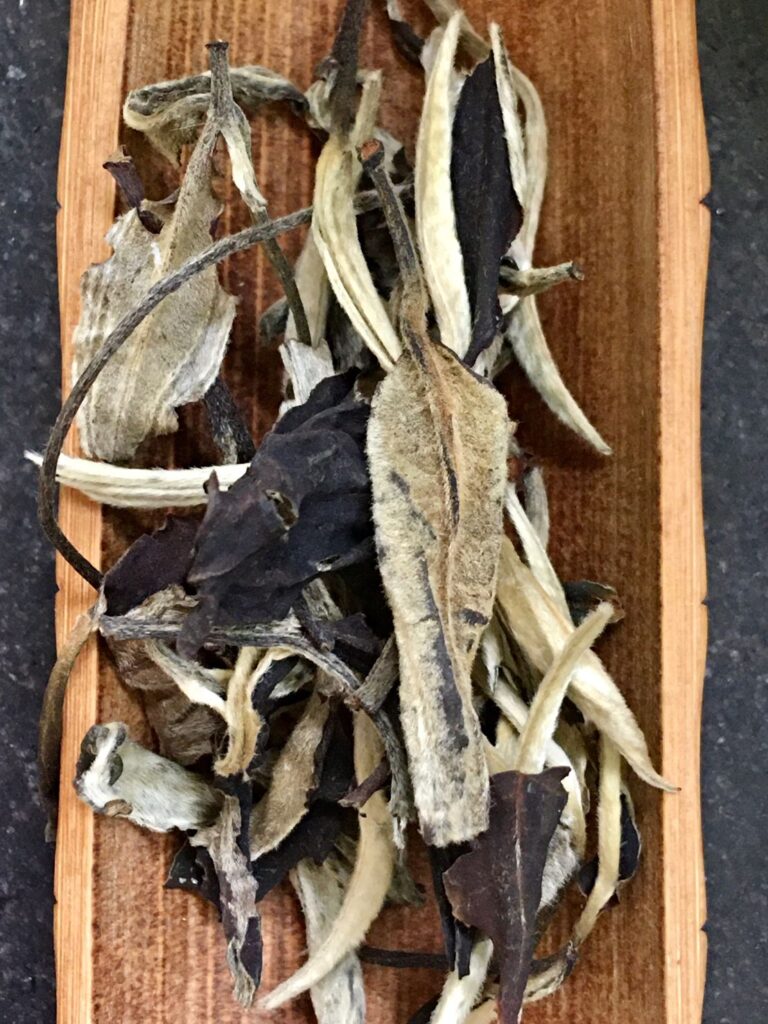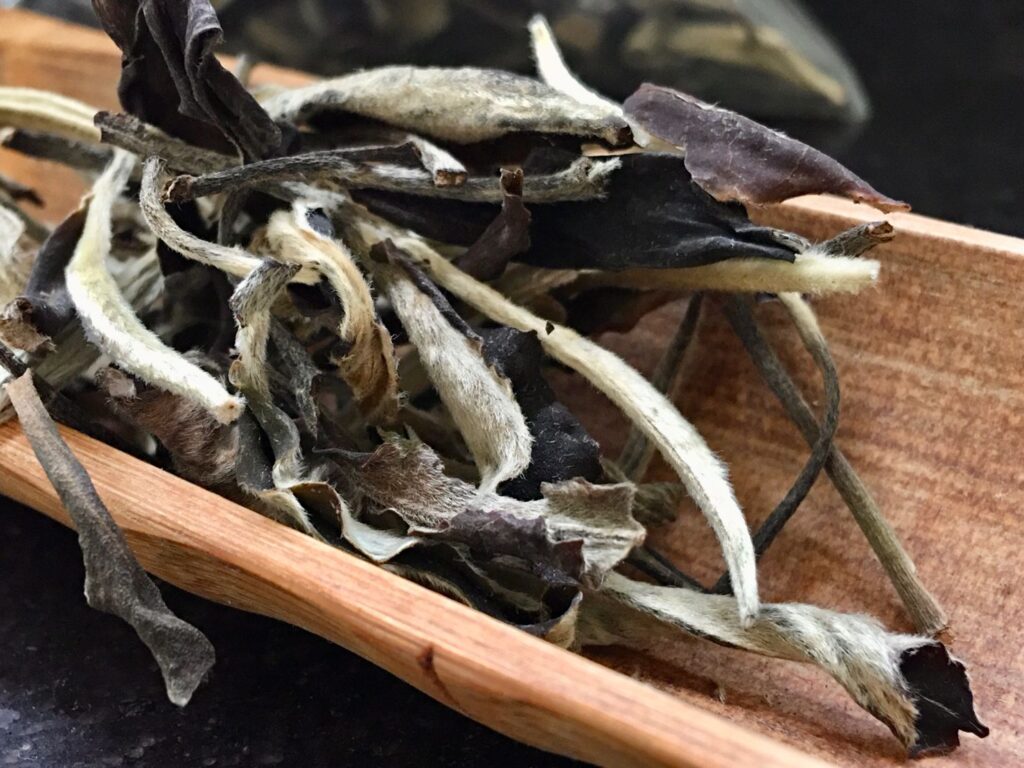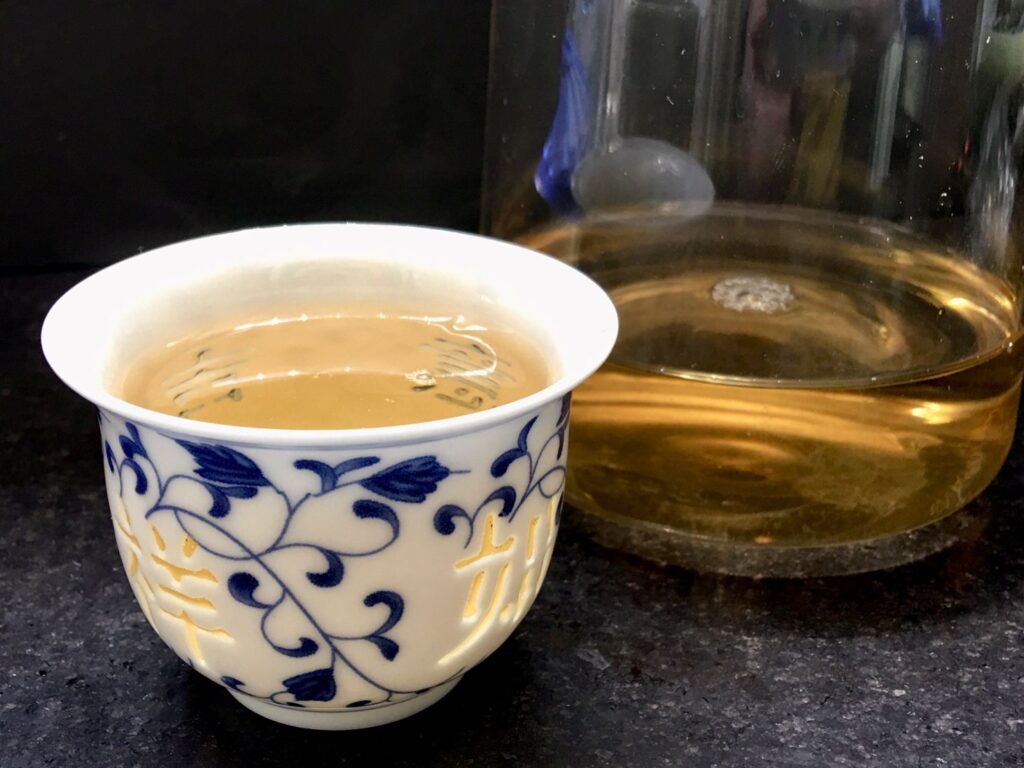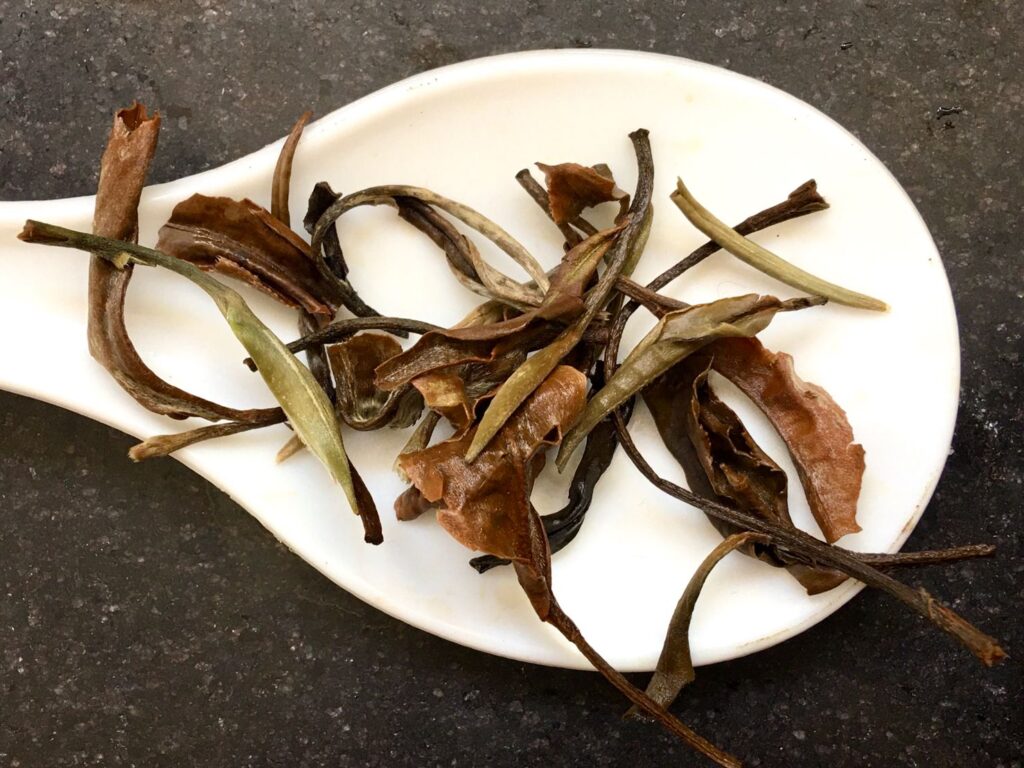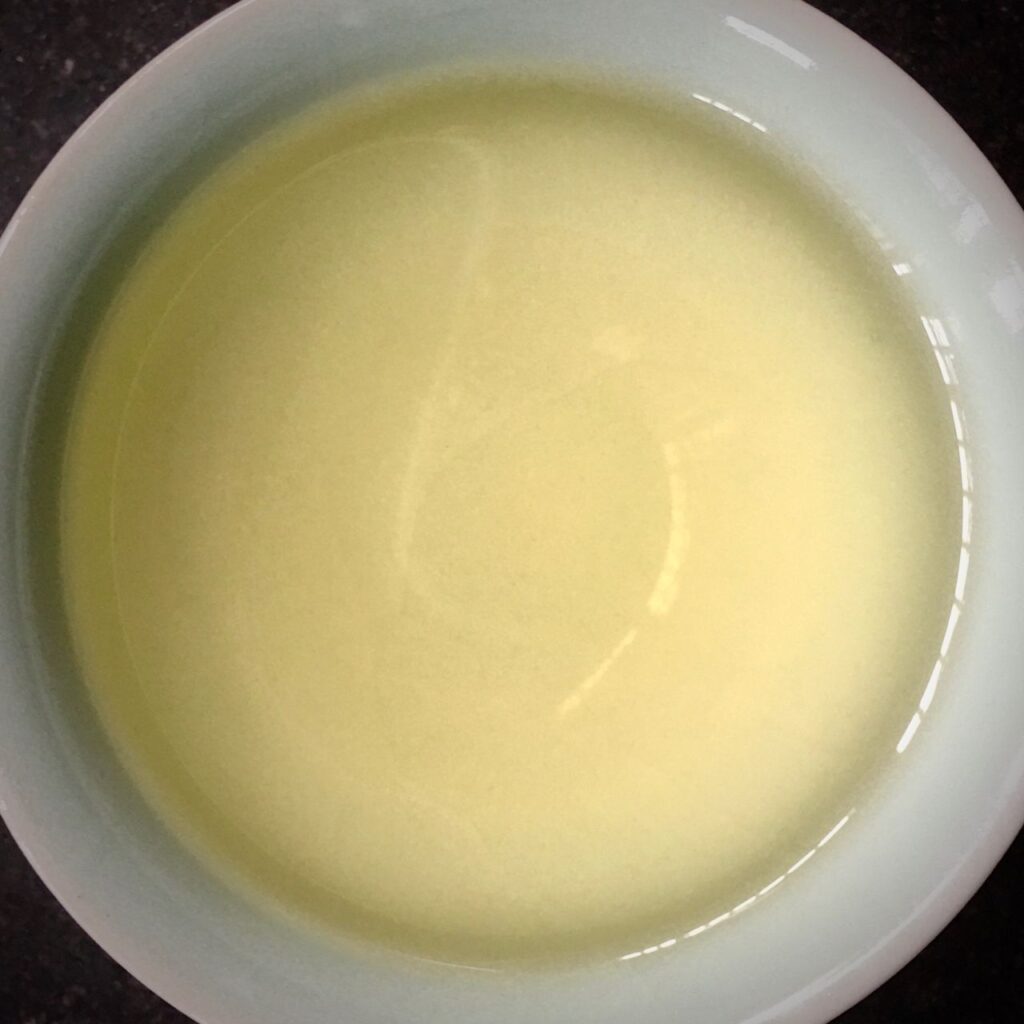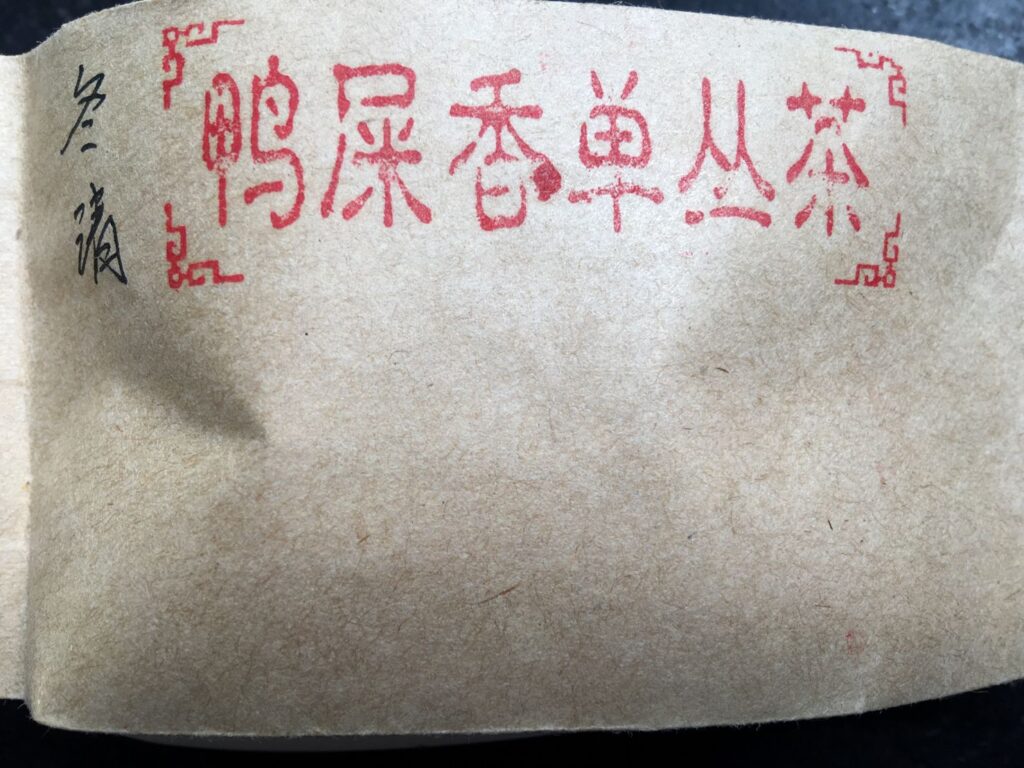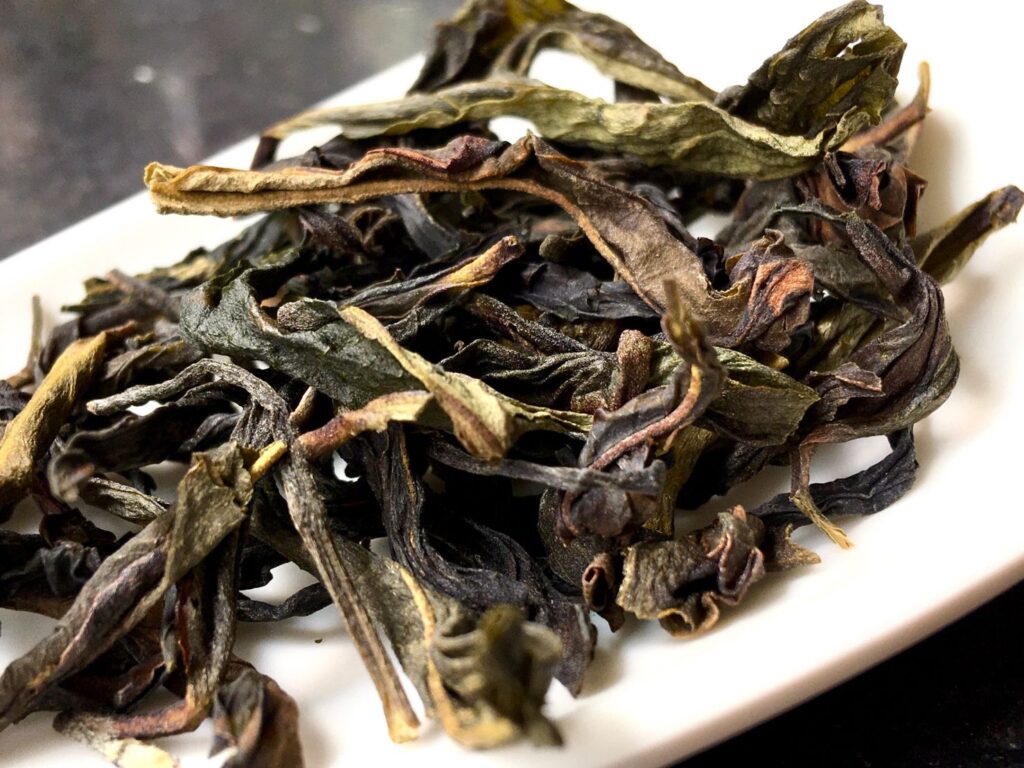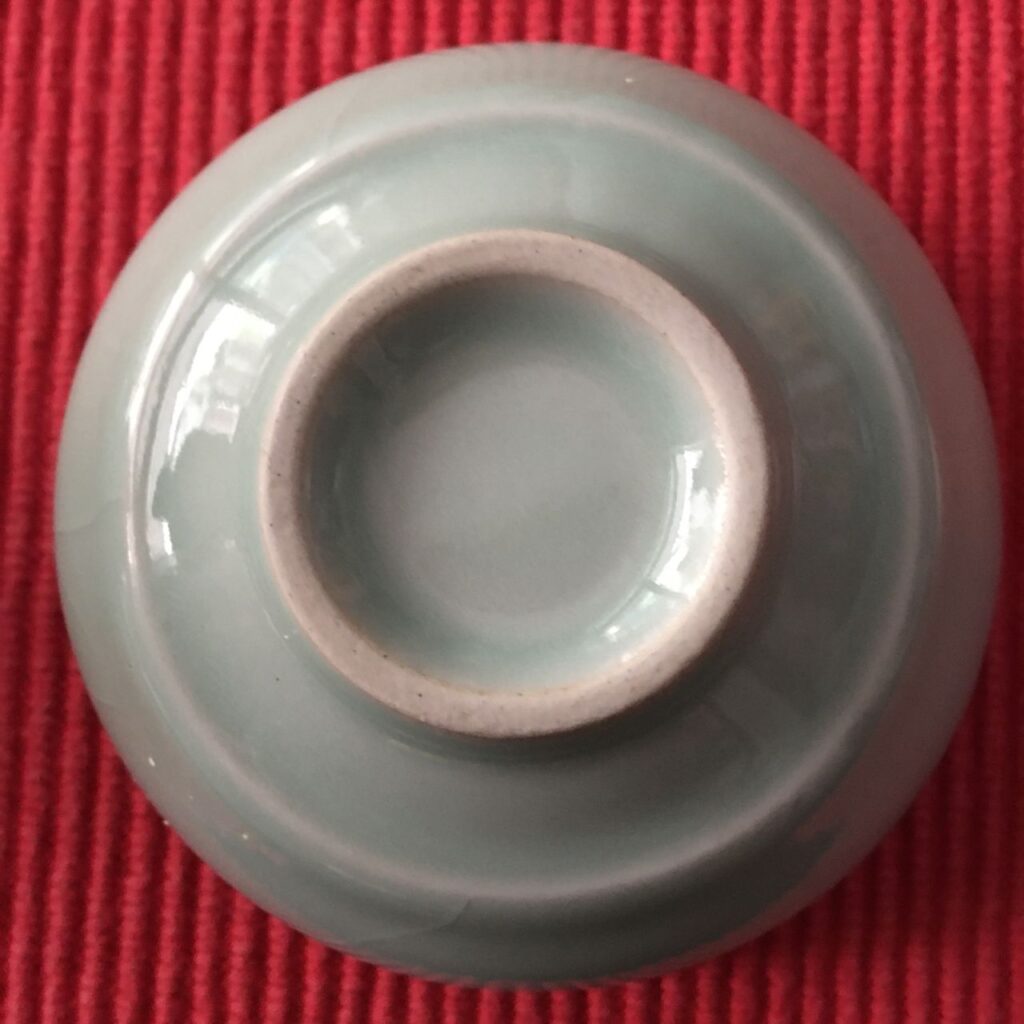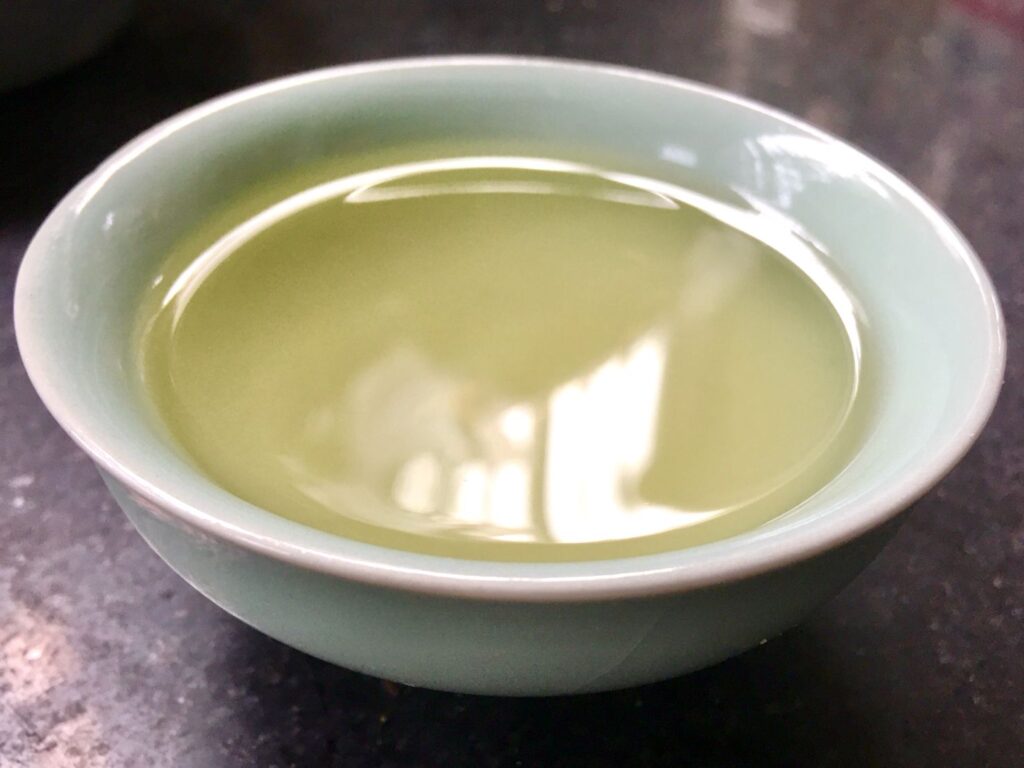“Minerality’ is such an interesting word. Most Word Processors will automatically correct it to, “mineralogy” or flag it as spelt wrong, until you add the word to your Dictionary. But, what is it? What does it mean? And, in particular, what does it mean in the context of tasting tea?
Before we take a deeper dive, this musing over a word, was brought to you by my frequent use of it in describing a particular mouthfeel when drinking tea, but more on that later.
“Minerality,” has long been used by Wine Sommeliers to describe a mouthfeel or taste sensation that has subsequently been associated with, “terroir,” or characteristic of a wine growing region.
According to Dwight Farrow, over at Edible Arts:
“Minerality” is a general term we use to describe wines that exude aromas such as flint, crushed rock, wet stone, or sea breeze or that have textures of chalk, hard stone, gravel or a kind of electrical snap on the finish.
He further goes on to state that scientists have ruled out that mineral characteristics of soil transfer to the grapes that are grown in it.
But we are here to talk about about tea. According to David Duckler over at Verdant Tea, who claims that, “Minerality is not just the taste of rock…” builds the argument that:
Minerality is our way of understanding a unique texture and physical sensation on the palate that is tingling and precise while being soft at the same time, like the lightest carbonation you could imagine. This texture creates a sense of contrast that makes aftertastes even sweeter and allows them to build up over time, separate from the aroma. In tea, minerality is a textural complexity that does require rocky terroir to come forward, but it isn’t exactly the sensation of drinking rocks or even necessarily dissolved mineral solids. It is a bit more complicated.
So, all this seems clear enough, don’t you think? How does that manifest itself in the mouth? For me, “minerality” is a characteristic associated with a metallic taste, coupled with a tingling sensation on the tip of the tongue and deep into the cheeks.
Unlike natural mineral waters resplendent in iron or sulphur, the iron manifests like blood, and the sulphur, well… smells, this metallic taste is not robust and dominant. It is subtle, and late, building up over time and subsequent mouthfuls. In a sense it does contrast with sweetness, but sweetness is a much more dominant and present mouthfeel.
Now, we do have a problem to consider. If this is a metallic taste, who do we differentiate it as coming from the tea and not from the water we brew with or the buildup in the kettle we boil with? Simple, if the water is always the same, it creates a baseline against which different teas can be contrasted. Now, if your water is tasting metallic, it might be a good idea to get it tested or change it out for a softer water source.
Previously we mentioned that scientists claim as fact, that soil characteristics are not transferred to grapes. Presumably this is also the case with tea. However, David Duckler reports that according to, “Li Xiaoping” of Dragon Well that:
…minerality in the terroir of Shi Feng (Lion’s Peak) refers to both the direct intake of minerals and their flavor as well as the effect of rocky soil in encouraging deeper healthier roots and slow growth…
‘And that this has a direct and noticeable impact on the flavour characteristics of the tea: a somewhat contrary point of view to those of the Wine Scientists. With a moment’s thought it is easy to understand this, and communicate it simply.
Organisms respond to what they are fed. Their flesh takes on certain sensory characteristics that can be distinguished based on where they are grown. We see this in Cattle, Sheep, Fish, Fruit, Vegetables, Herbs, and Spices. We see this also in the way they are grown, such as GMO, high intensity farming, low density farming, organic, etc. It follows then that it is reasonable to expect that tea, (and grapes,) will demonstrate equally similar, notable characteristics.
Are these characteristics quantifiable? Perhaps not in some gas chromatograph in some lab, but certainly by sensory analysis. However, sensory analysis depends on a vocabulary that not all are in agreement with, an imprecise, “metaphor,” as Dwight Farrow puts it, to describe sensations and ephemeral memories and feelings as a result of sensations felt in the mouth.
“Minerality,” is one of those words that we circle around, skirt around, try on for size and either get it, or don’t. For me, it is a characteristic associated with a metallic taste, coupled with a tingling sensation on the tip of the tongue, and deep into the cheeks. It can be harsh, but more often than not, is a soft, subtle experience which can linger for a lengthy period of time after drinking tea.
Word of the Day – “minerality.” Try it out.
